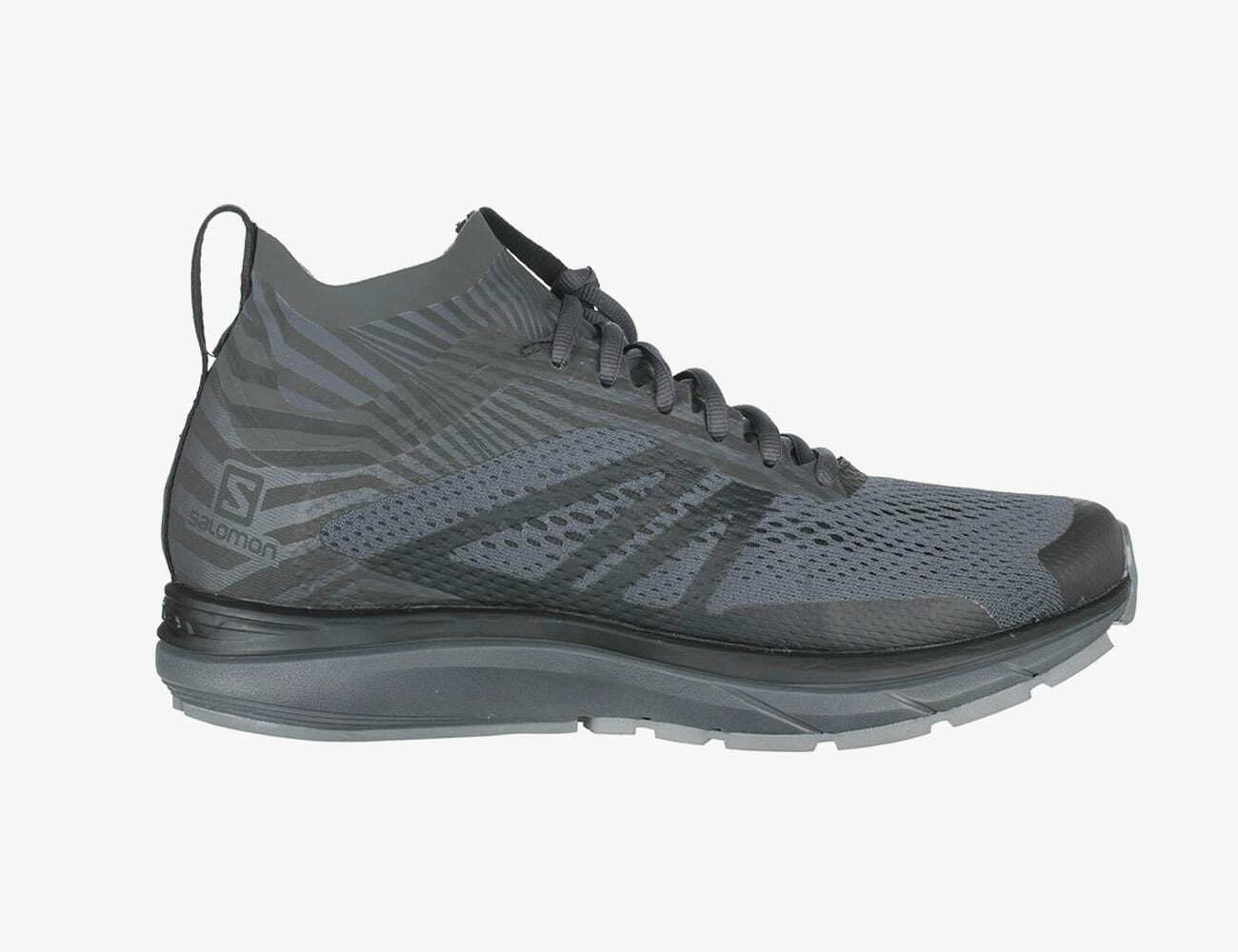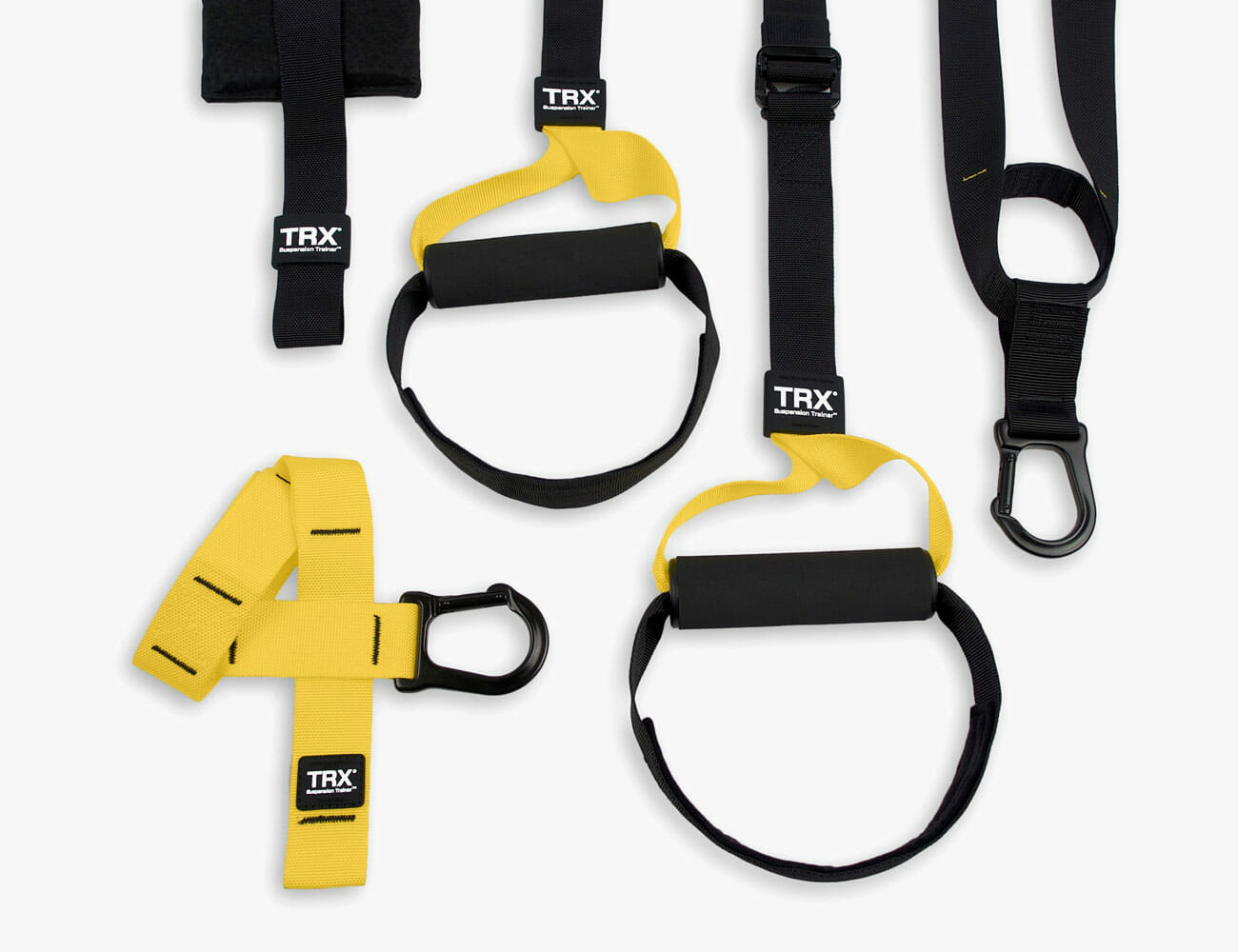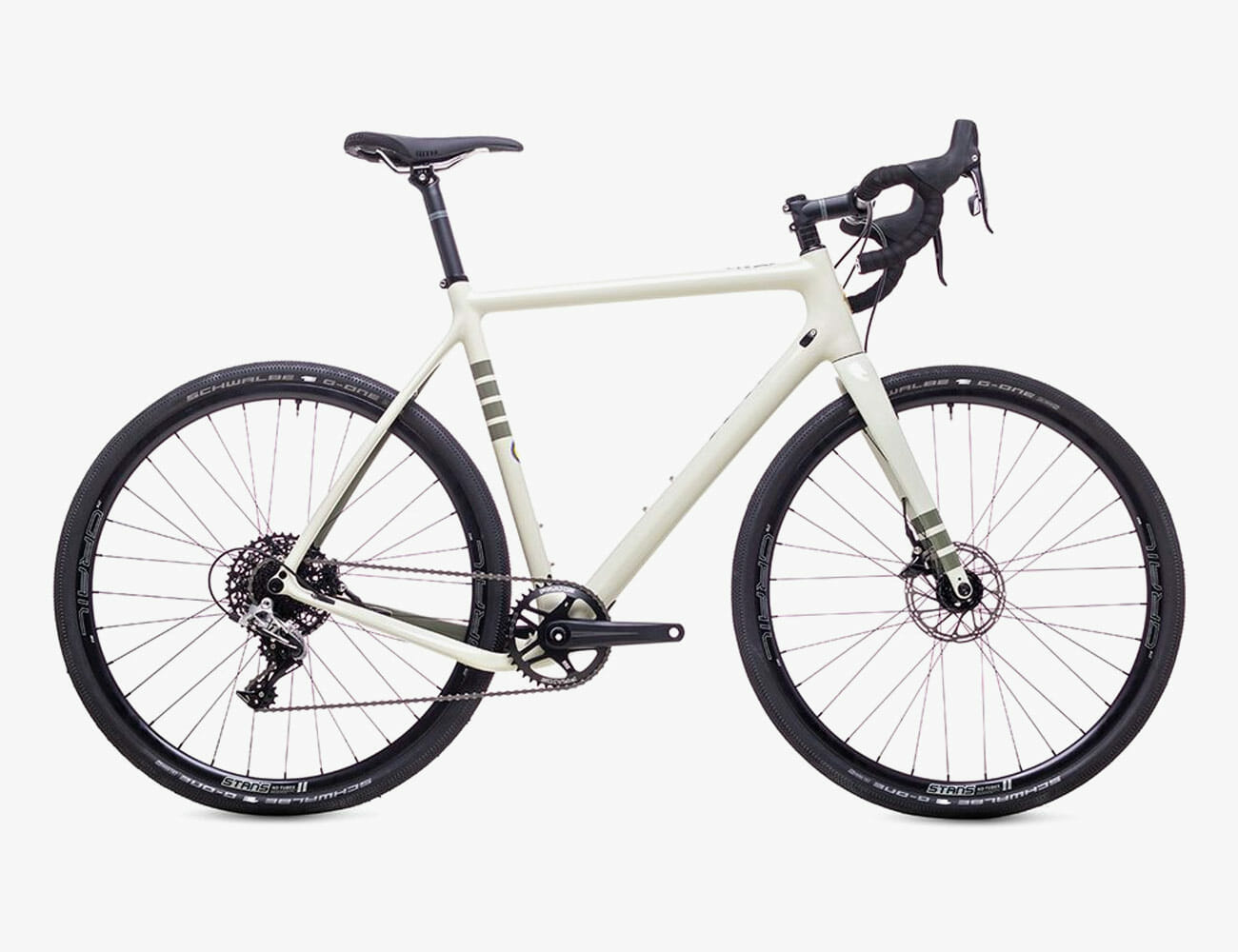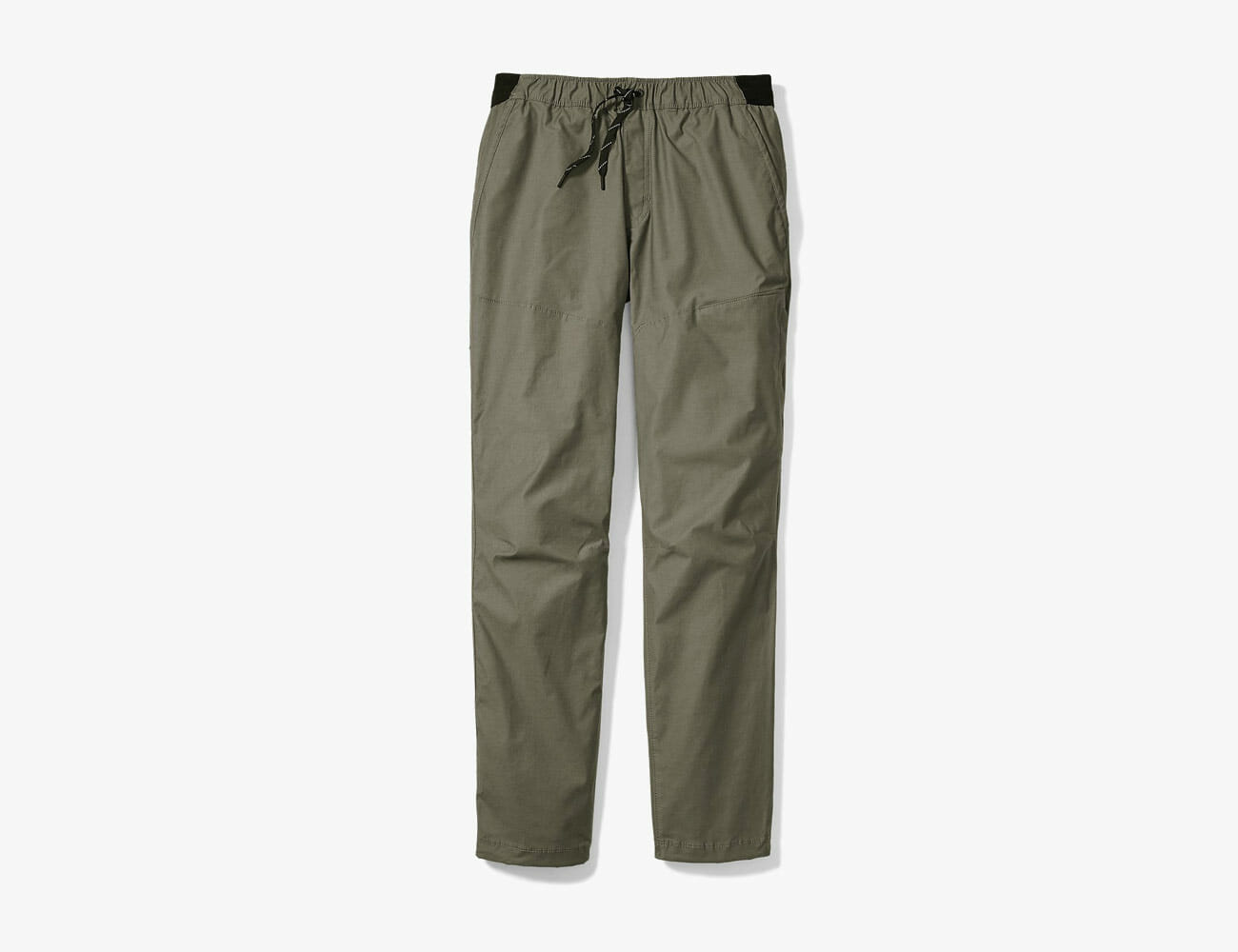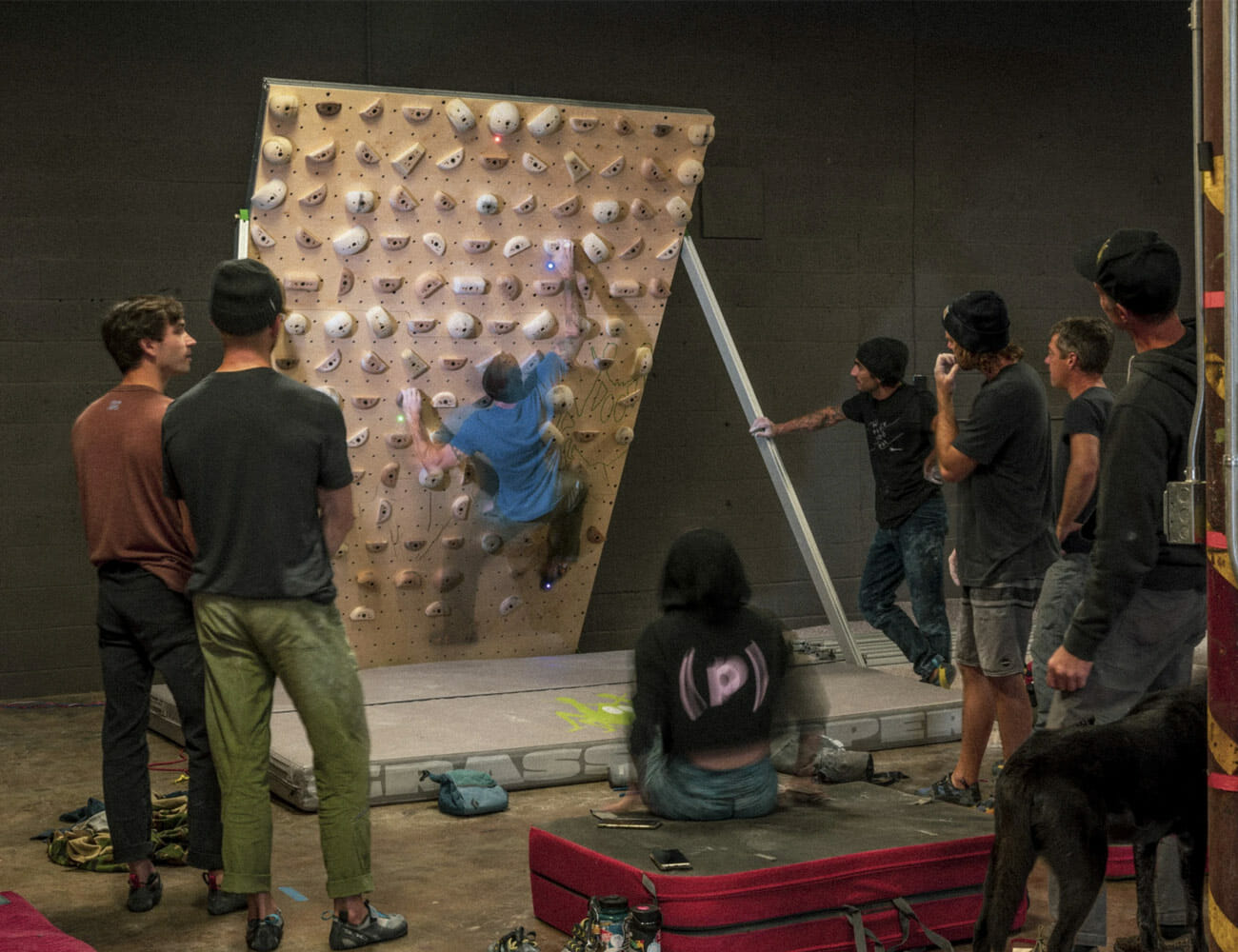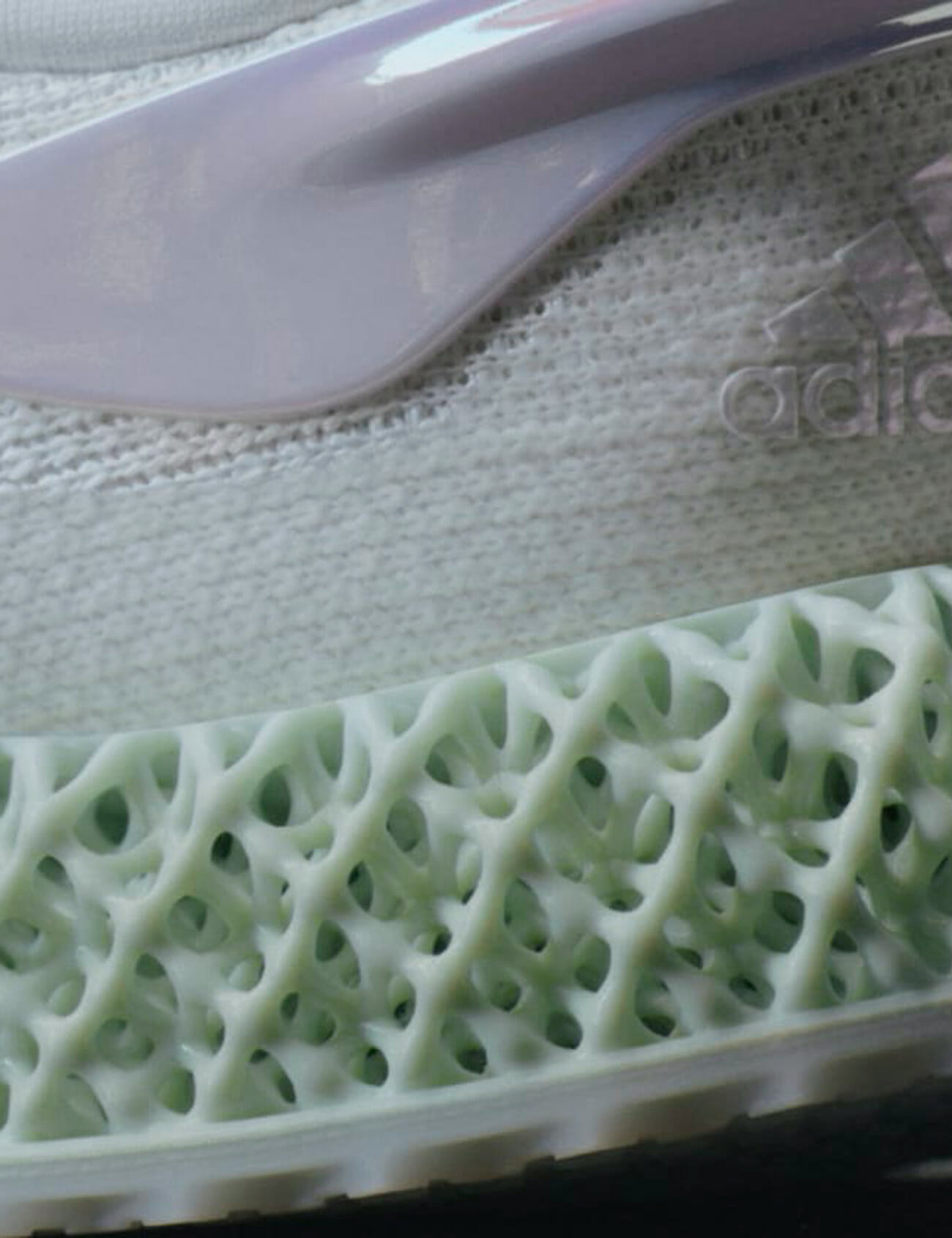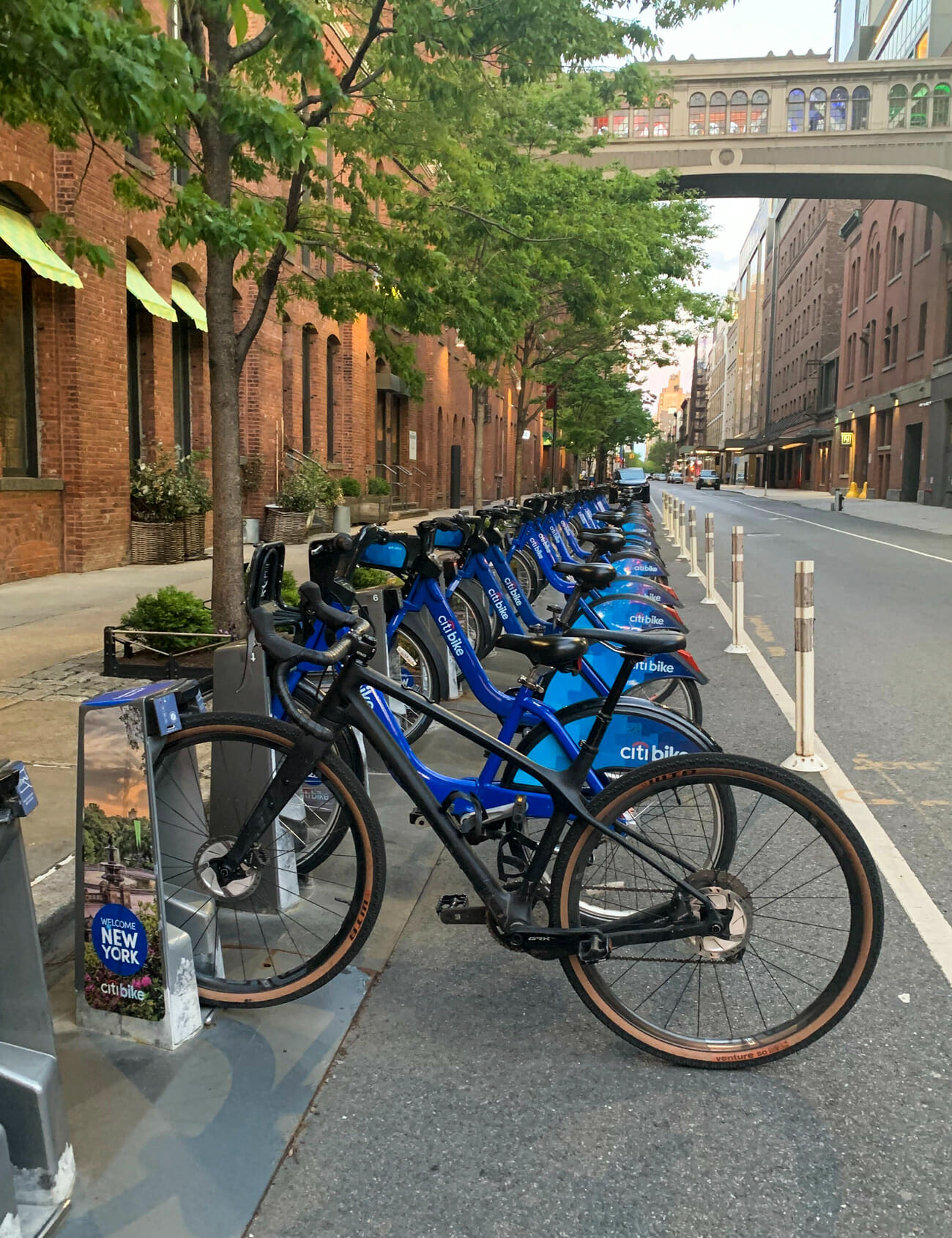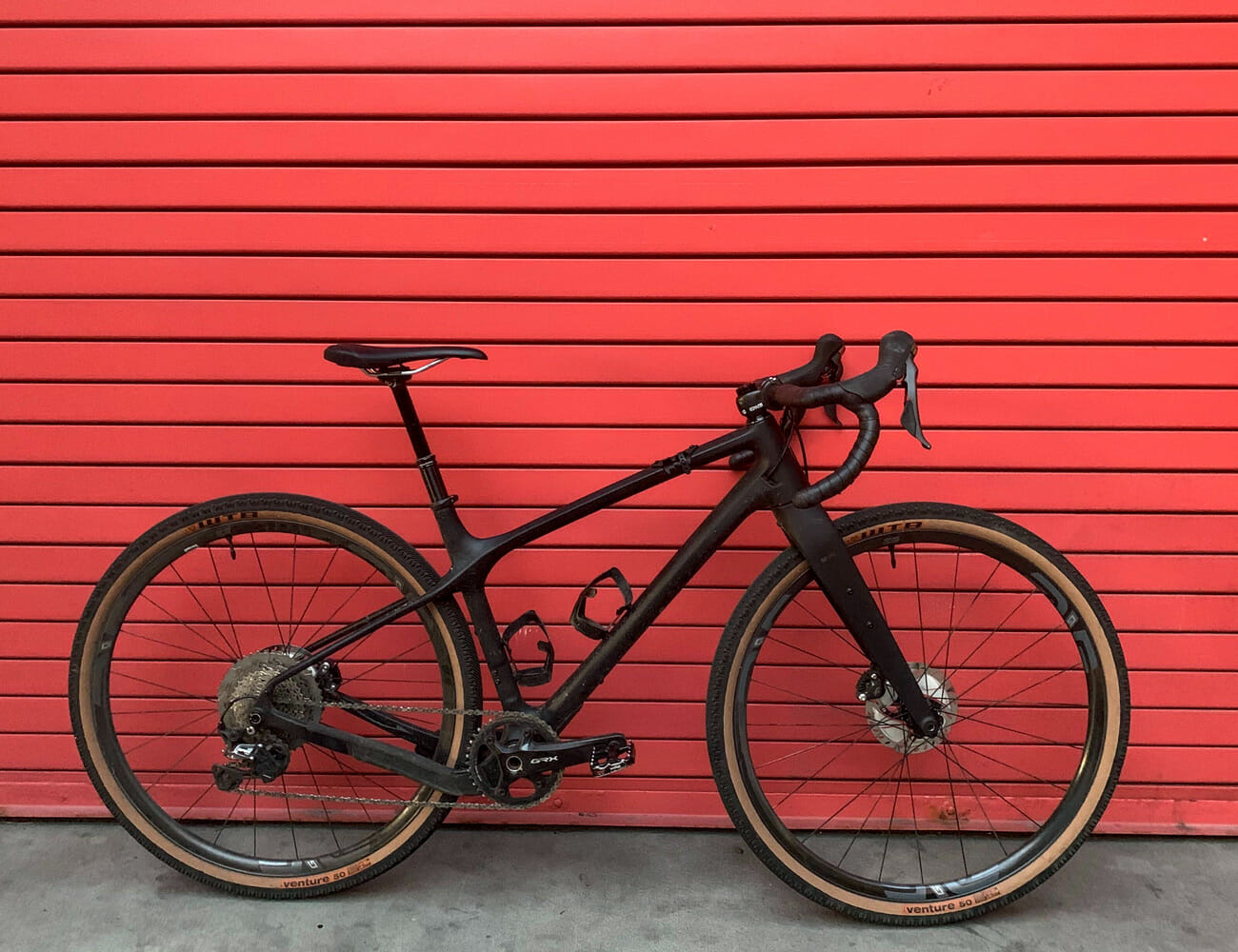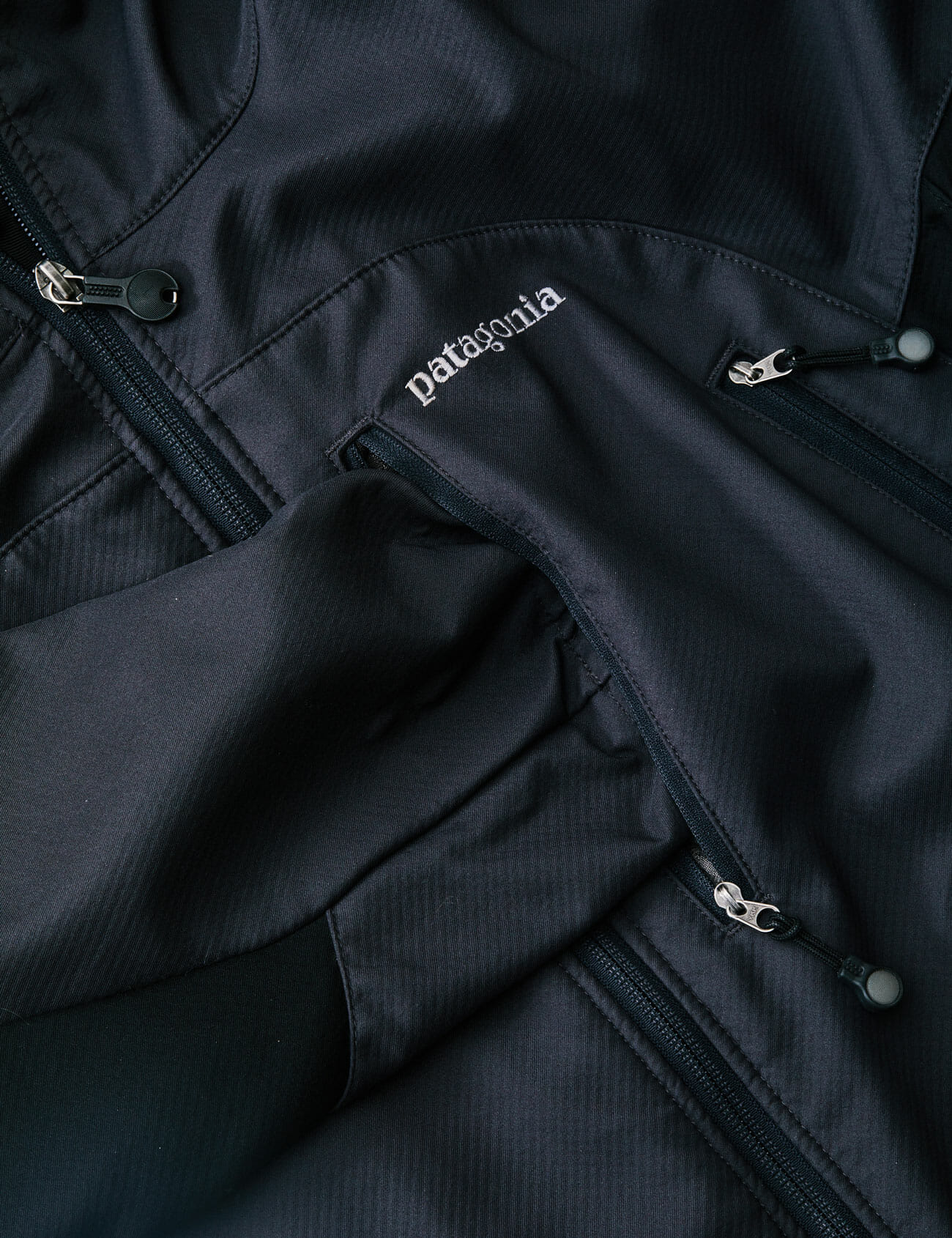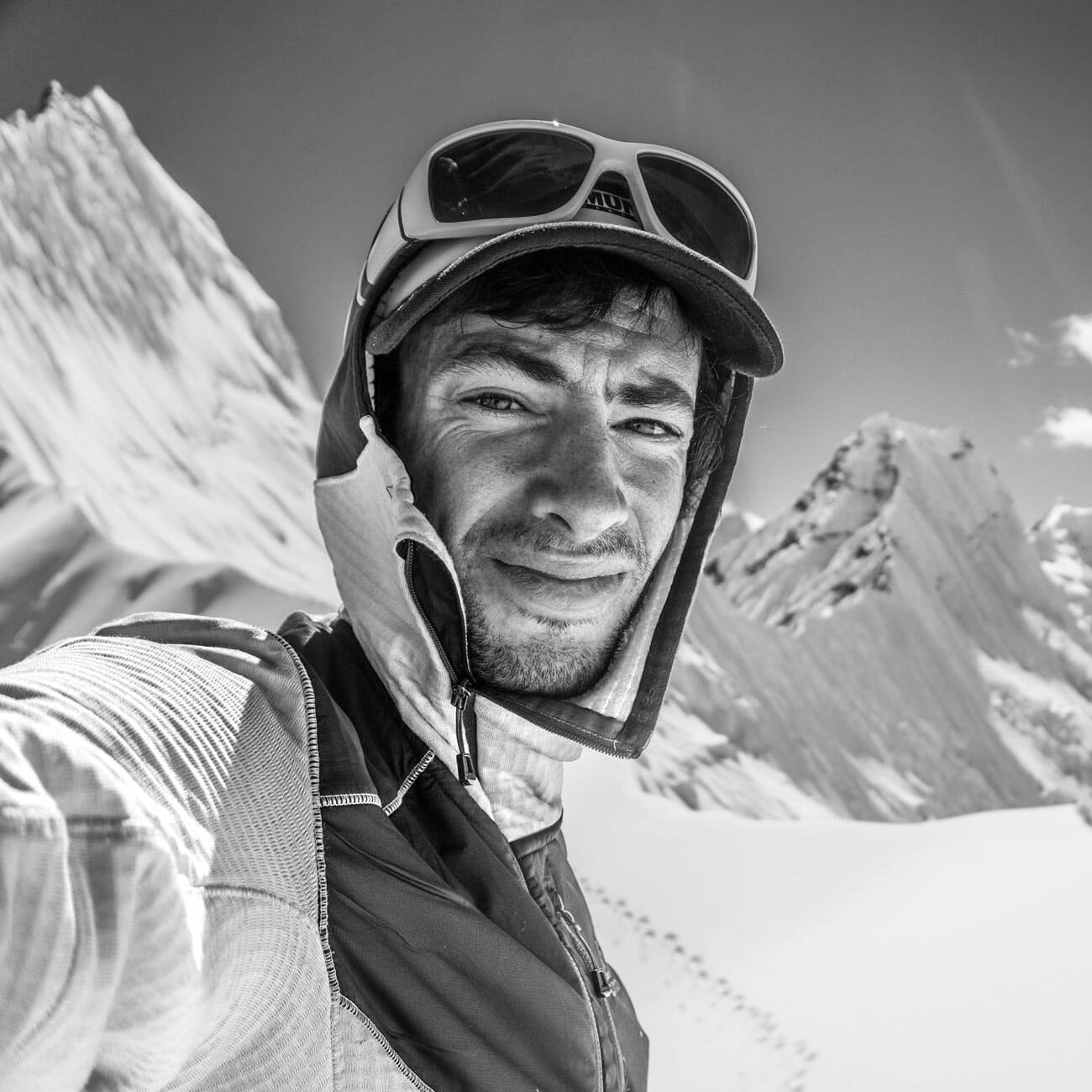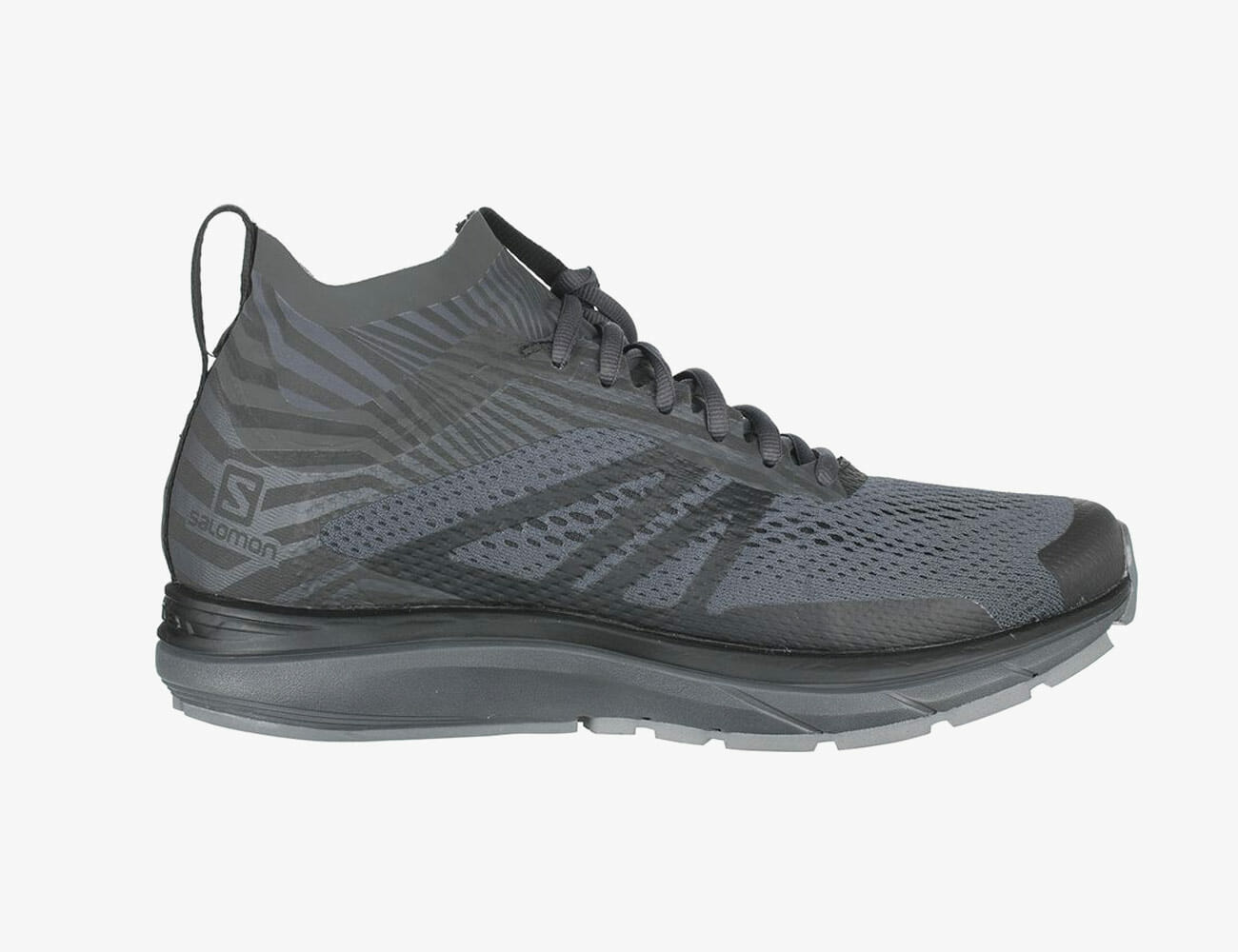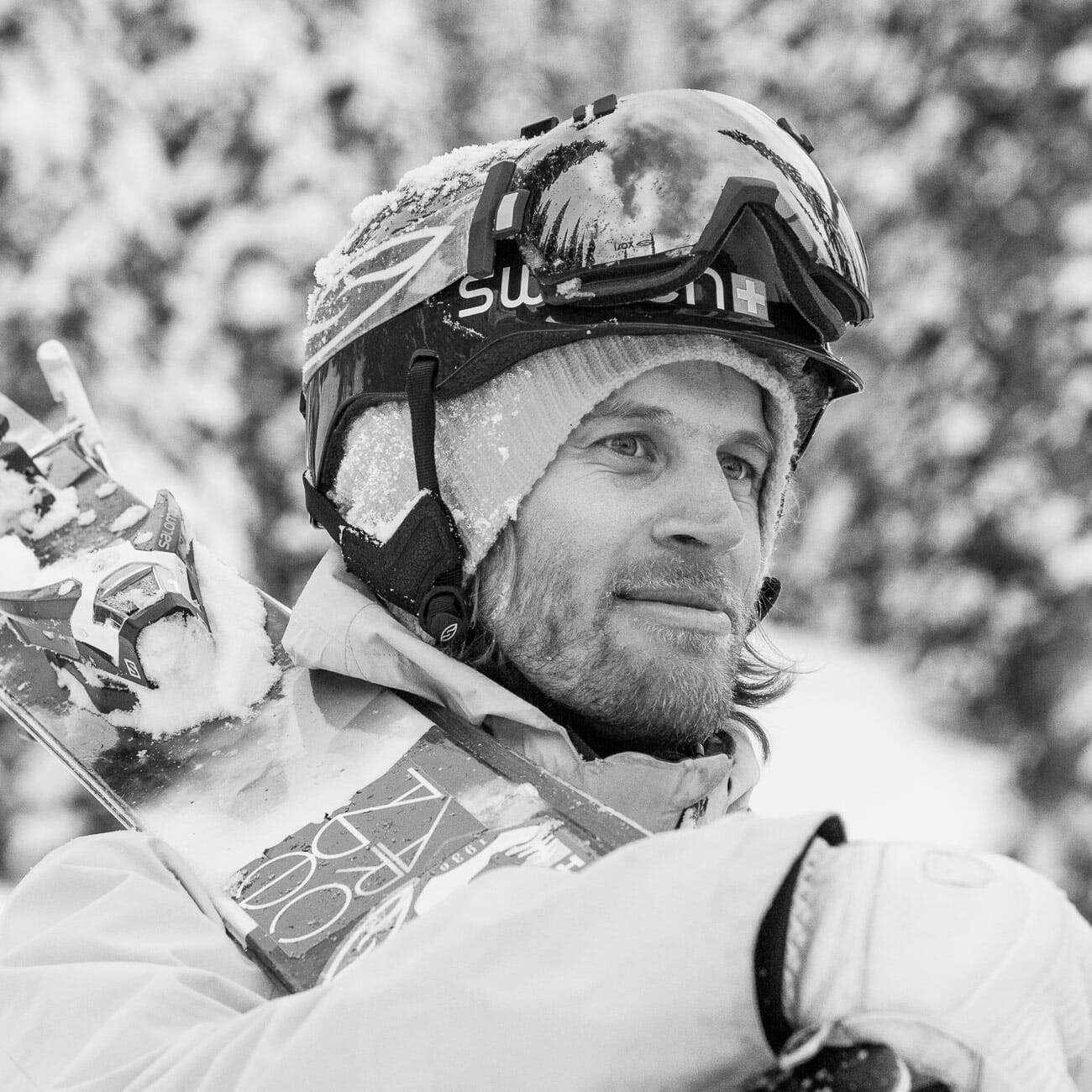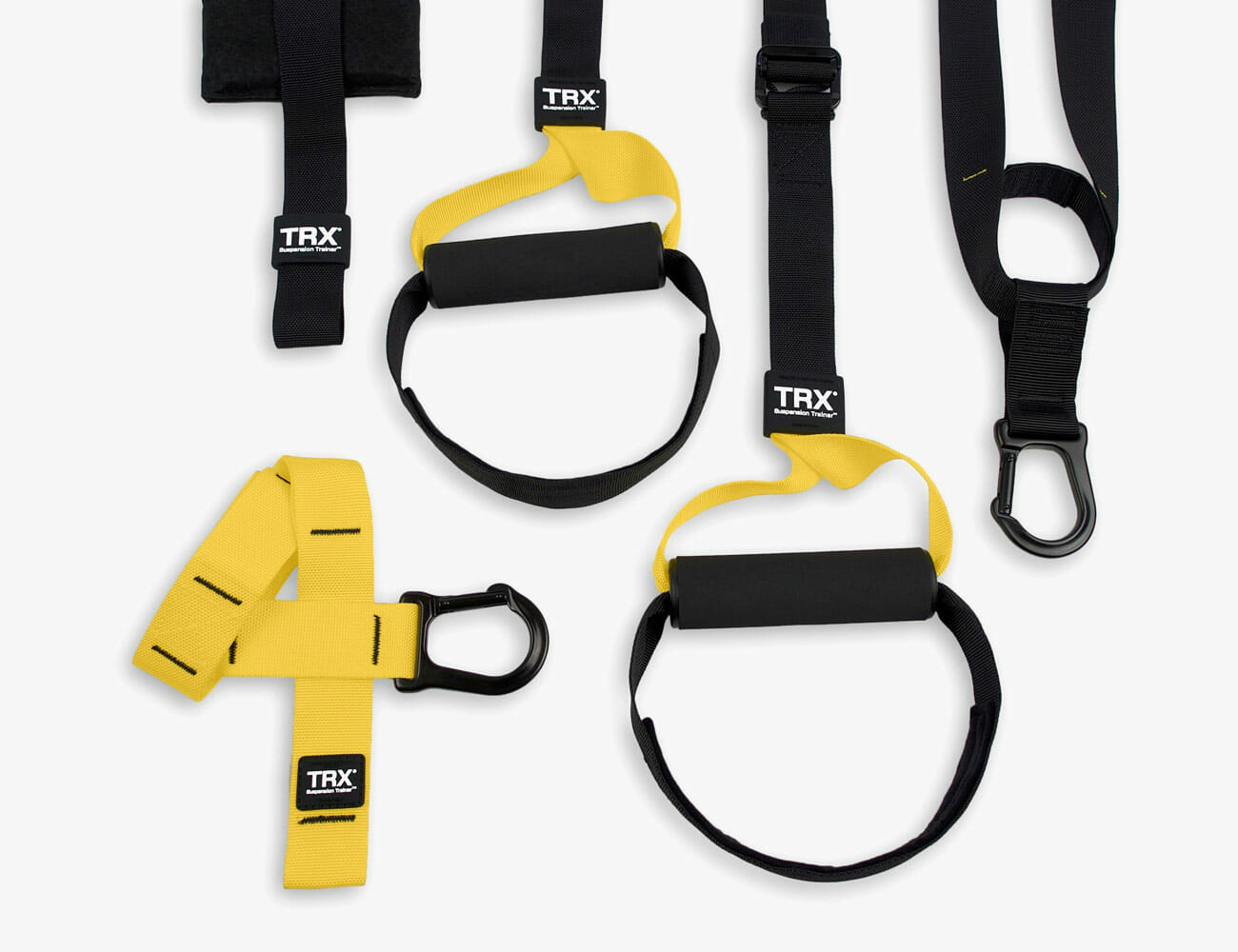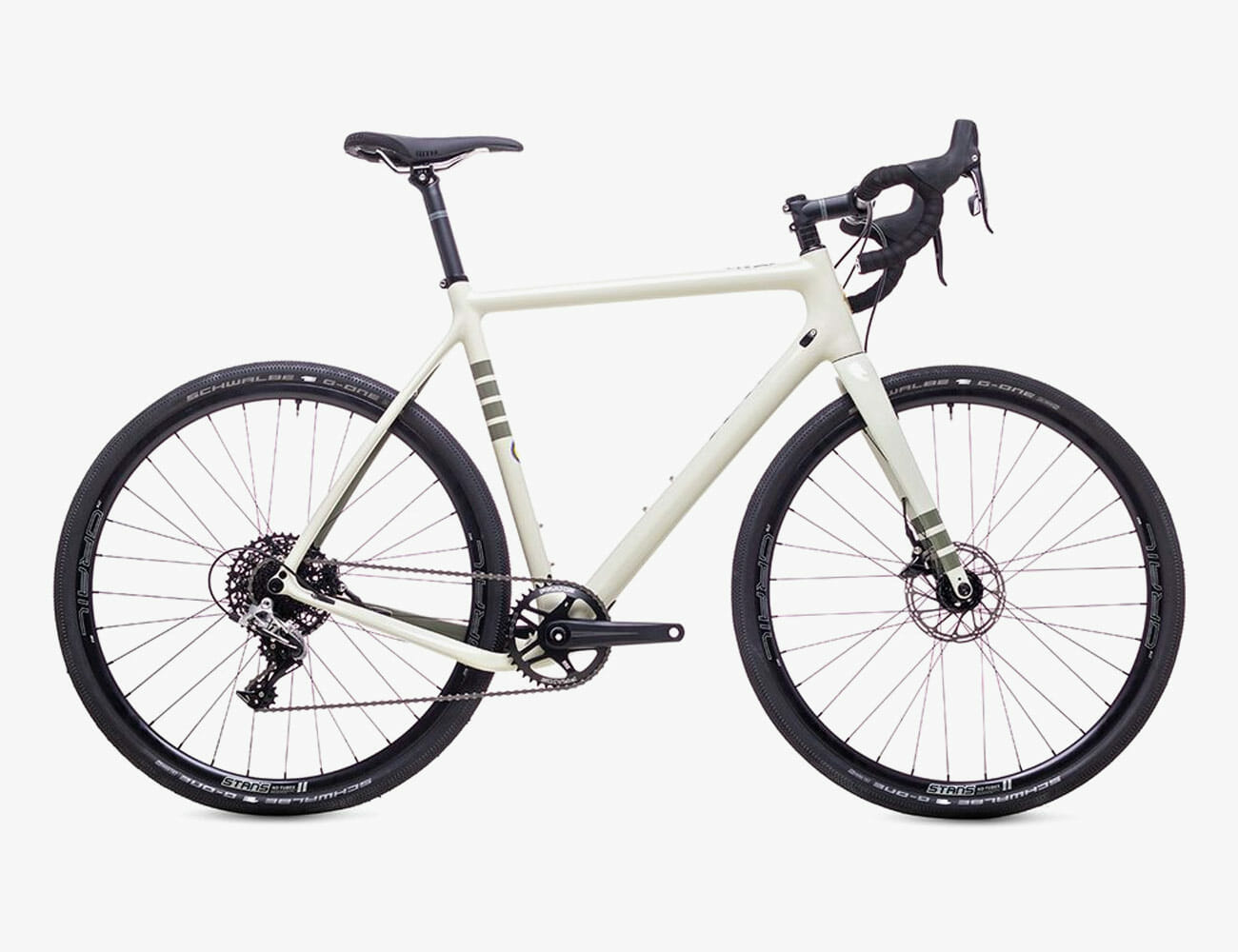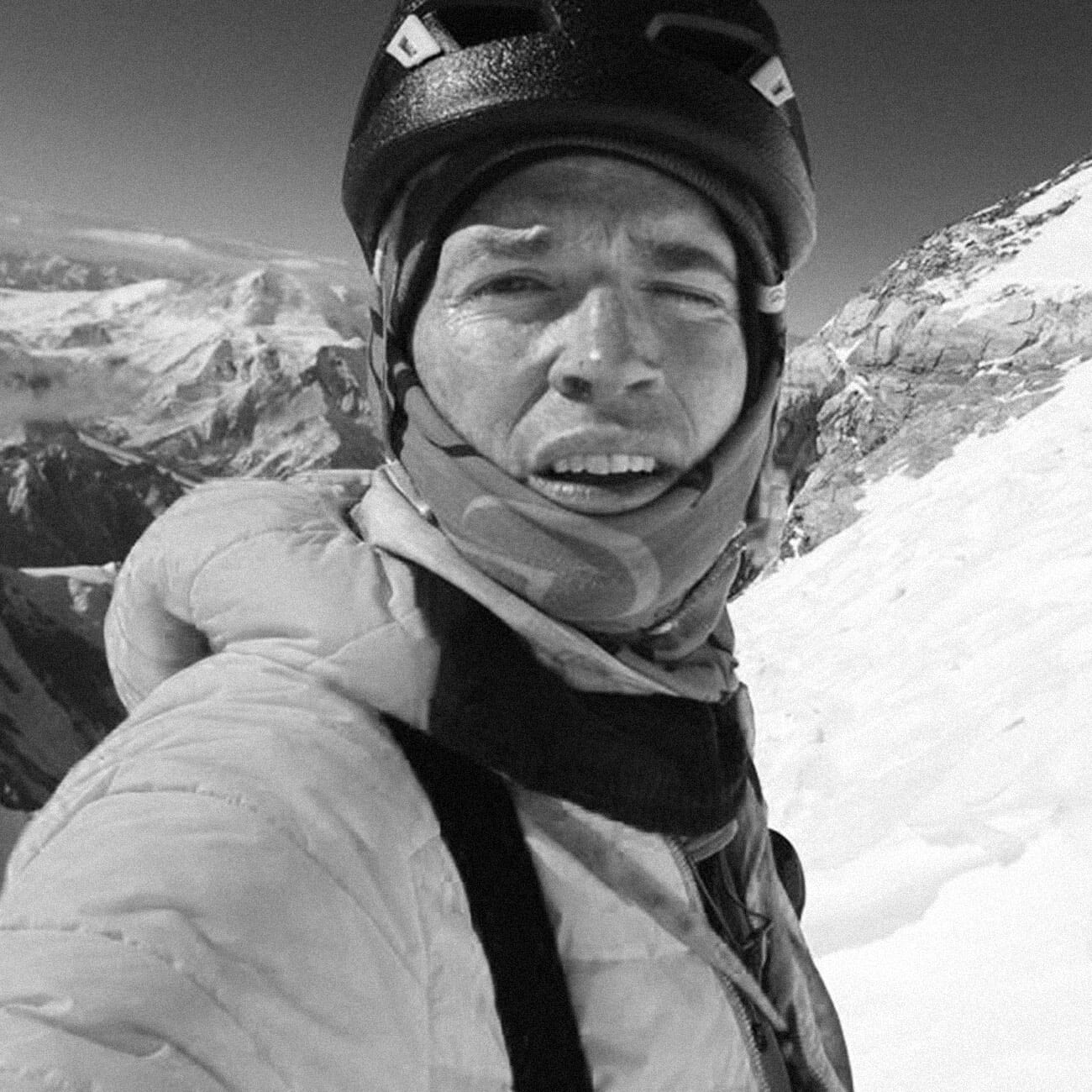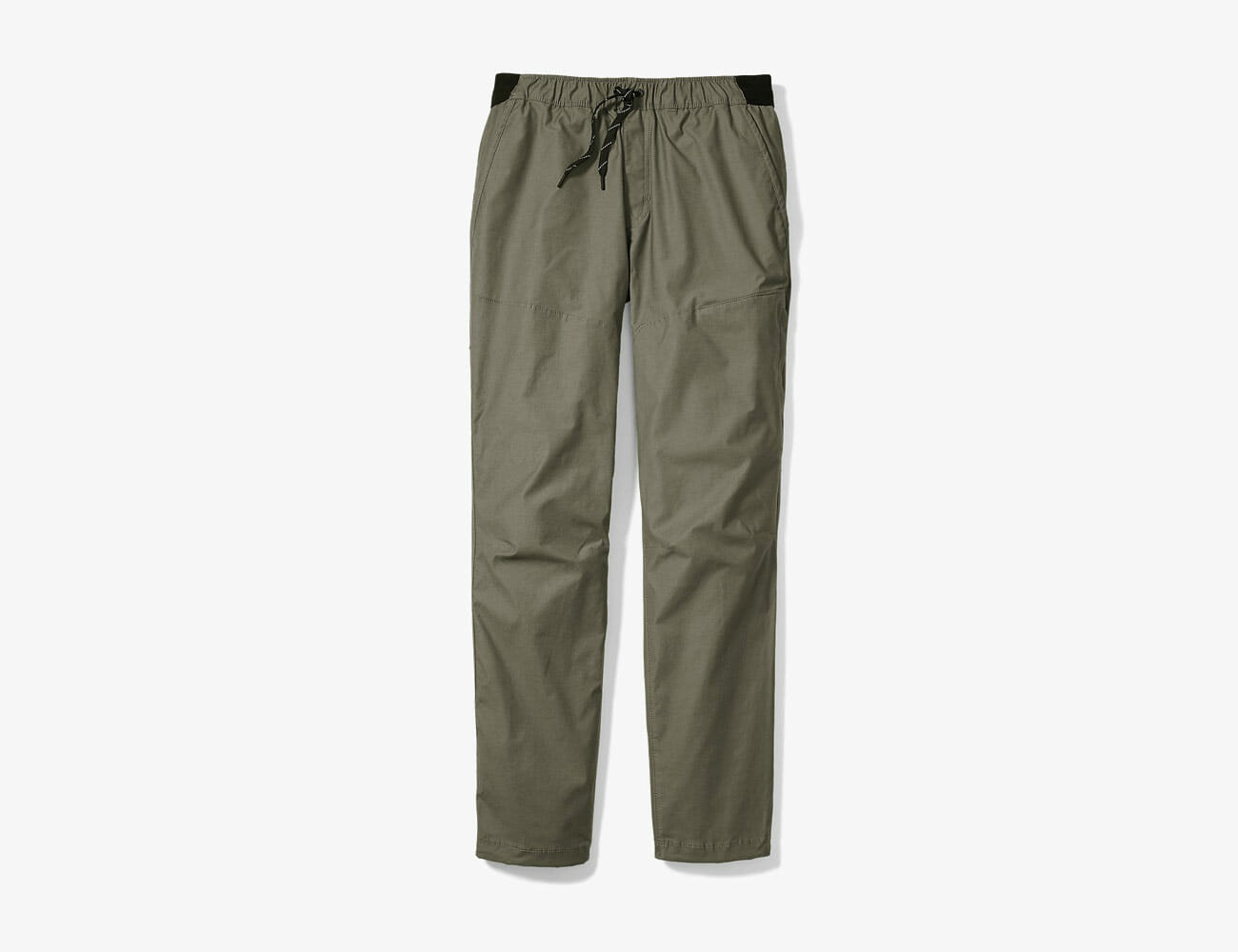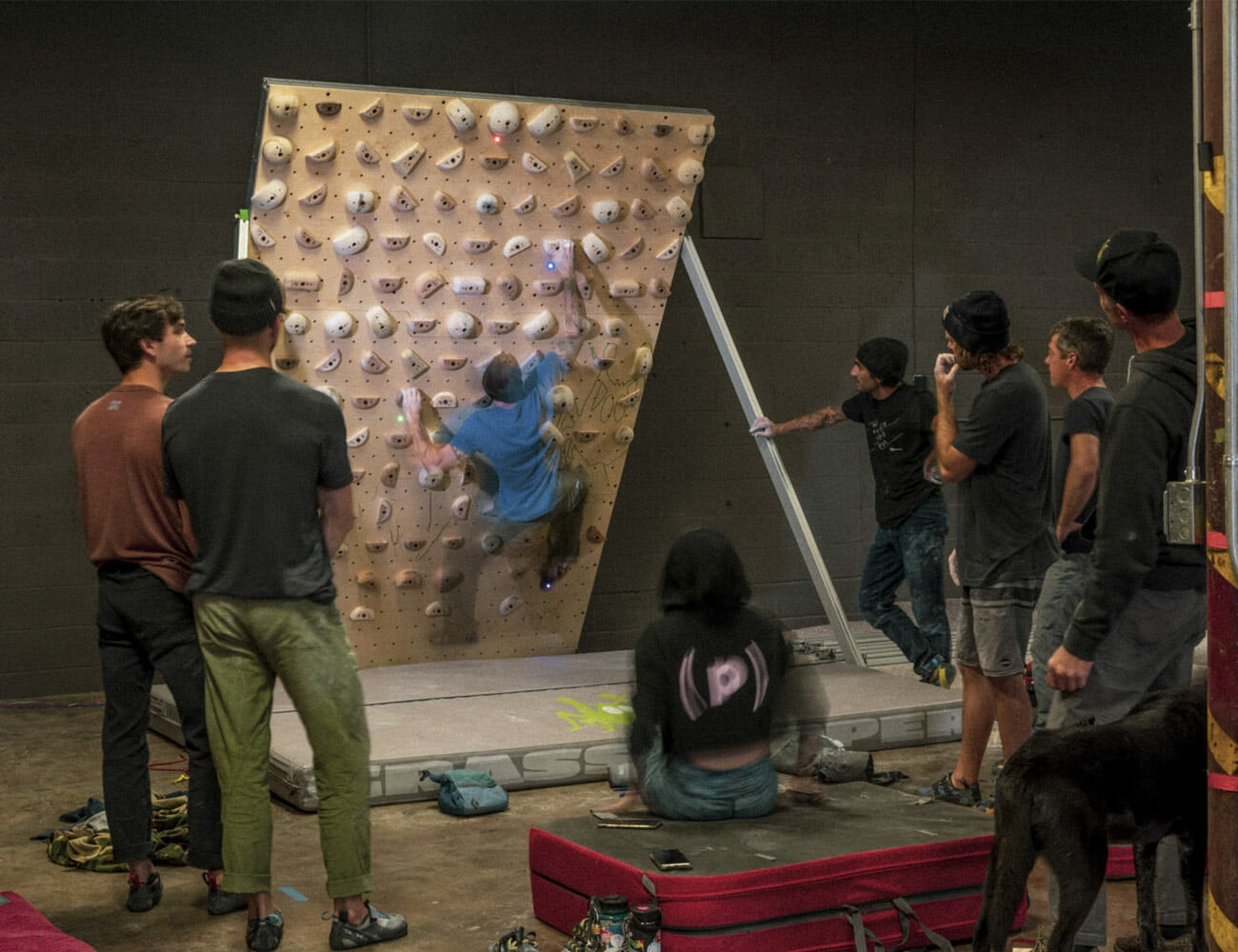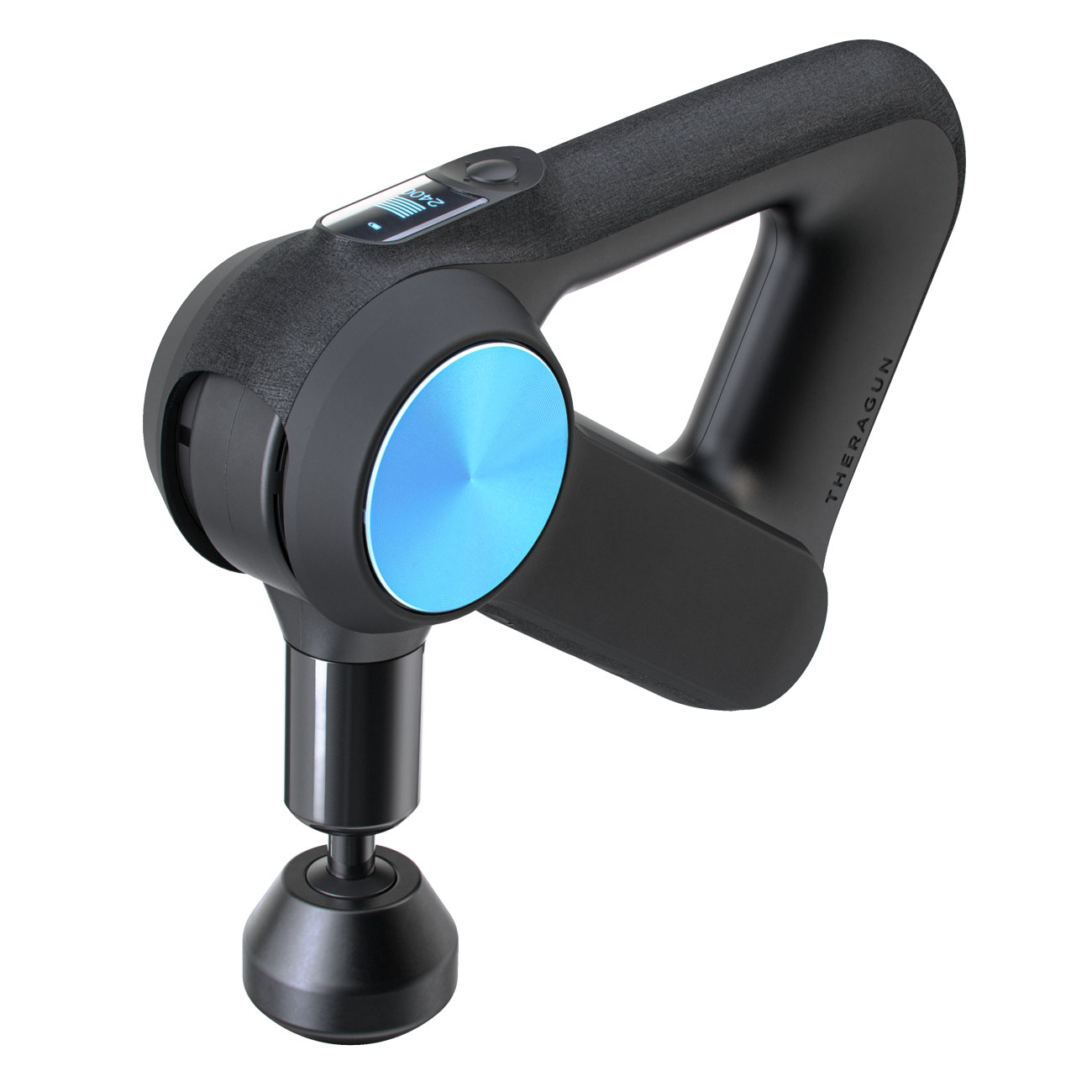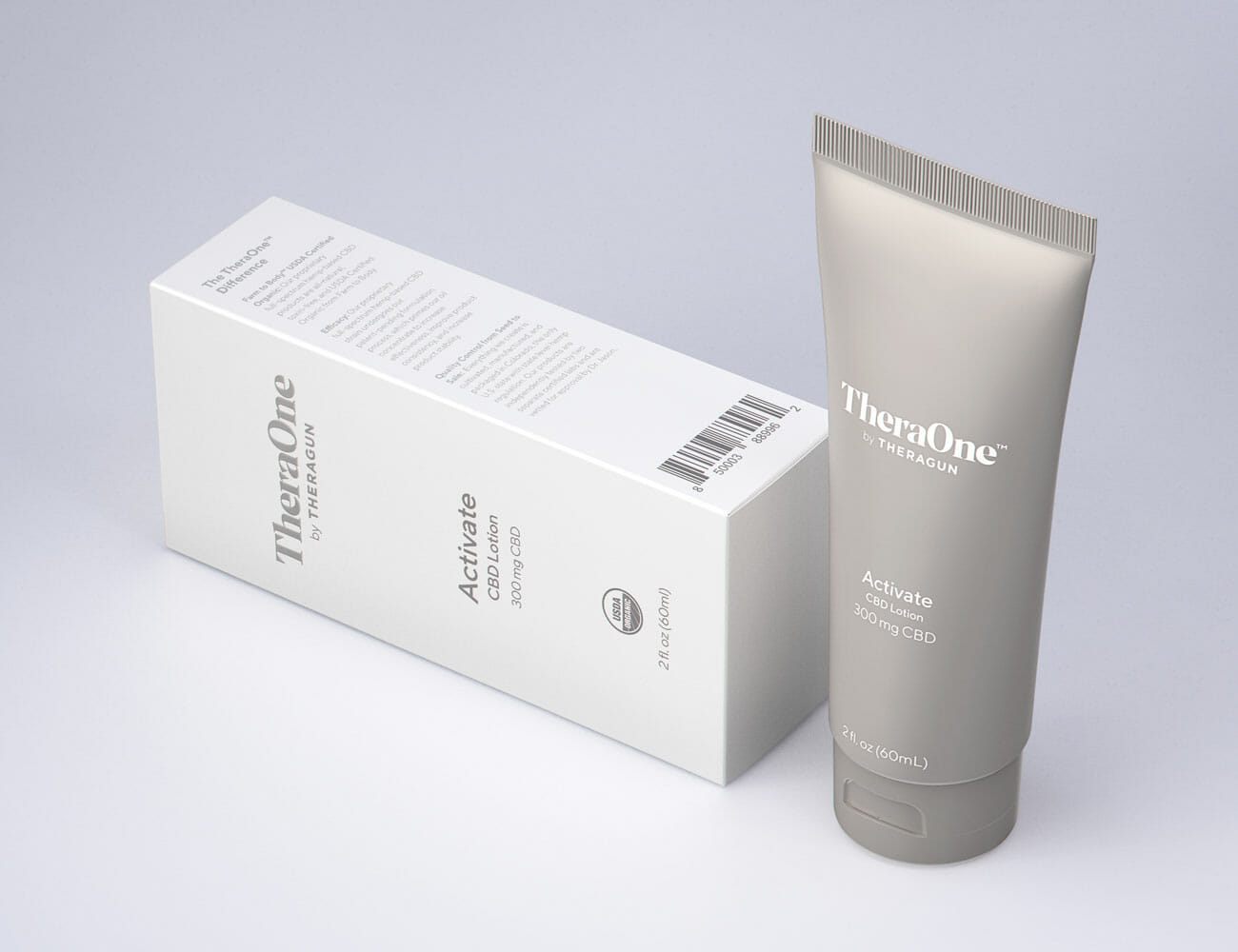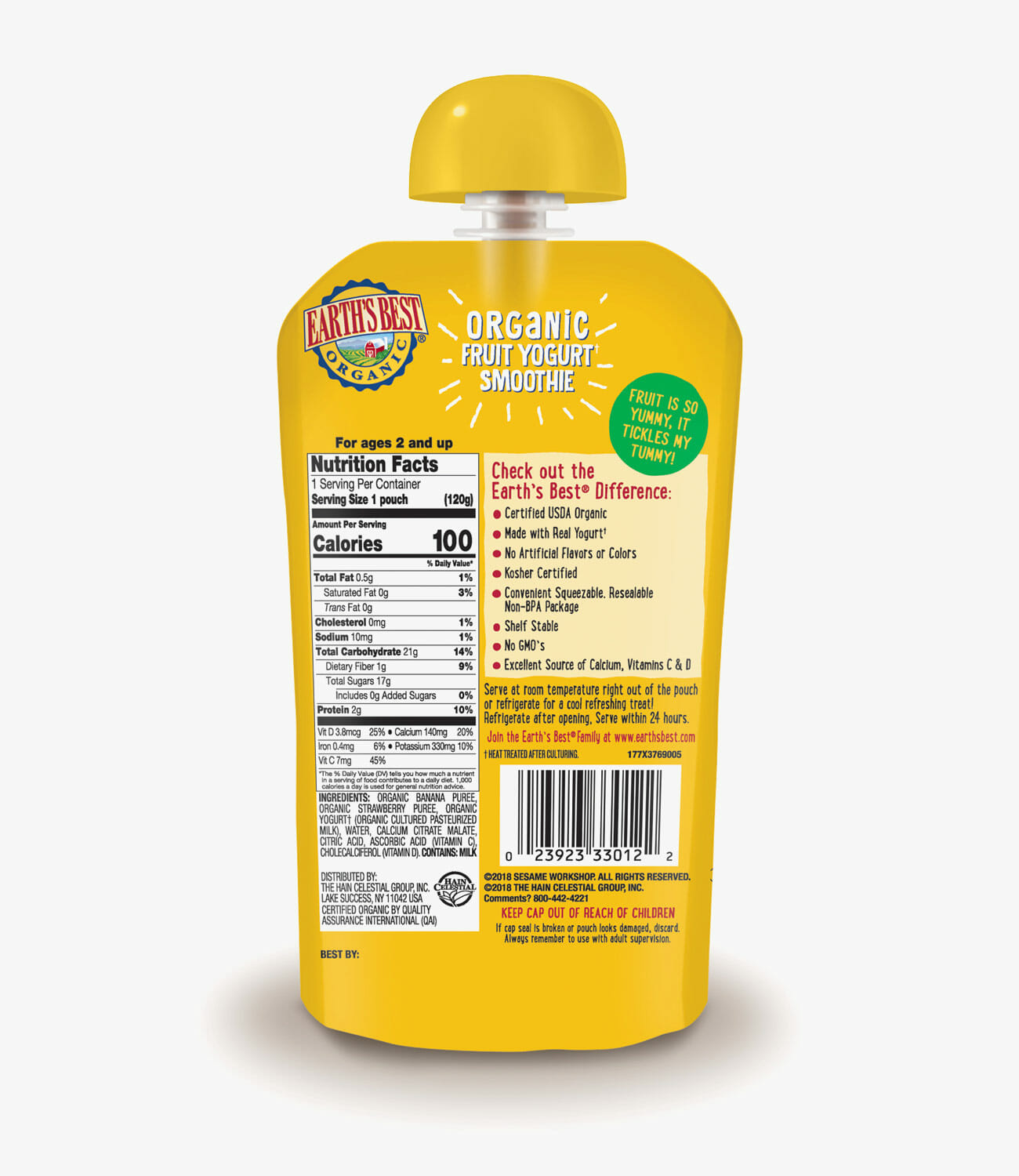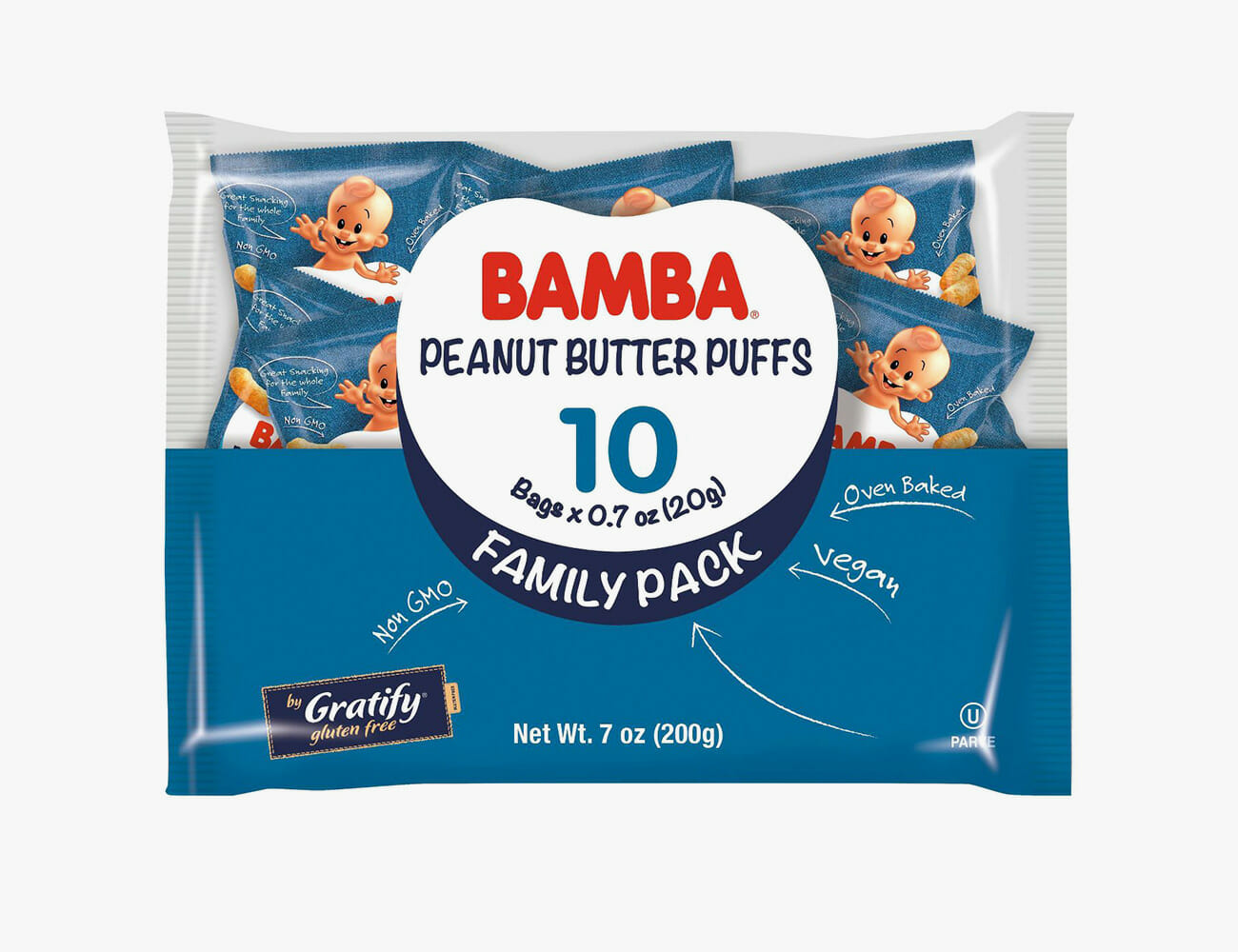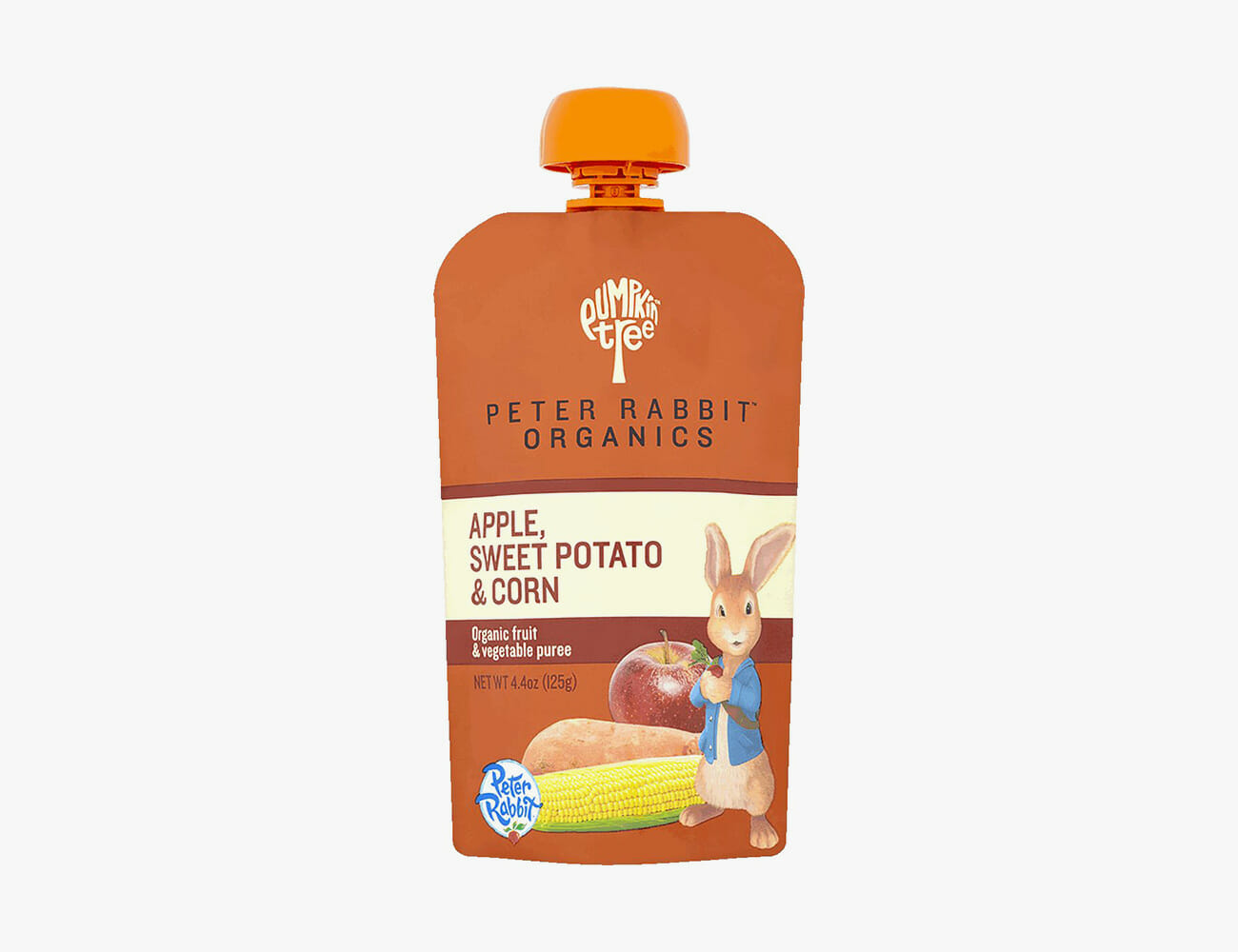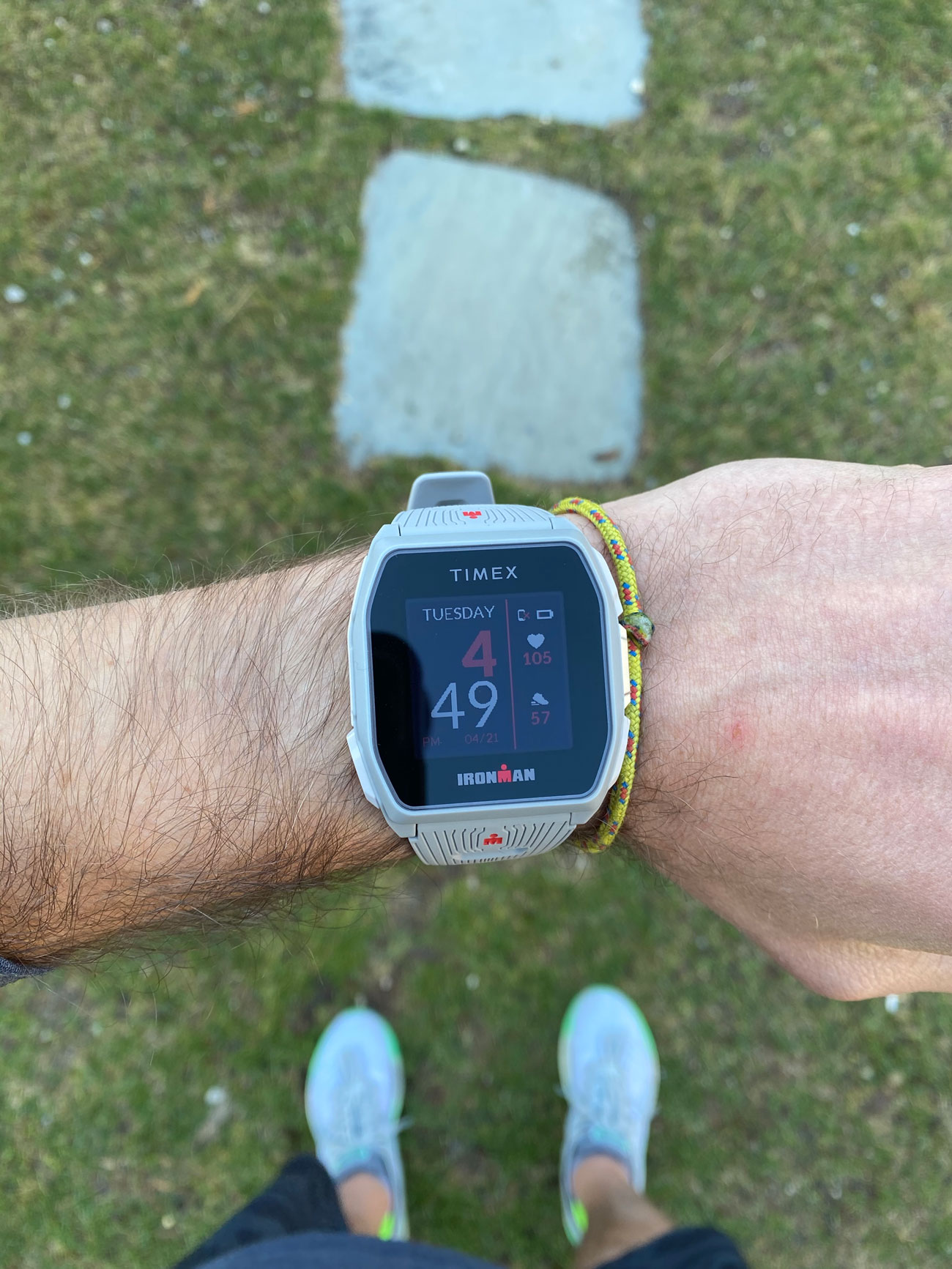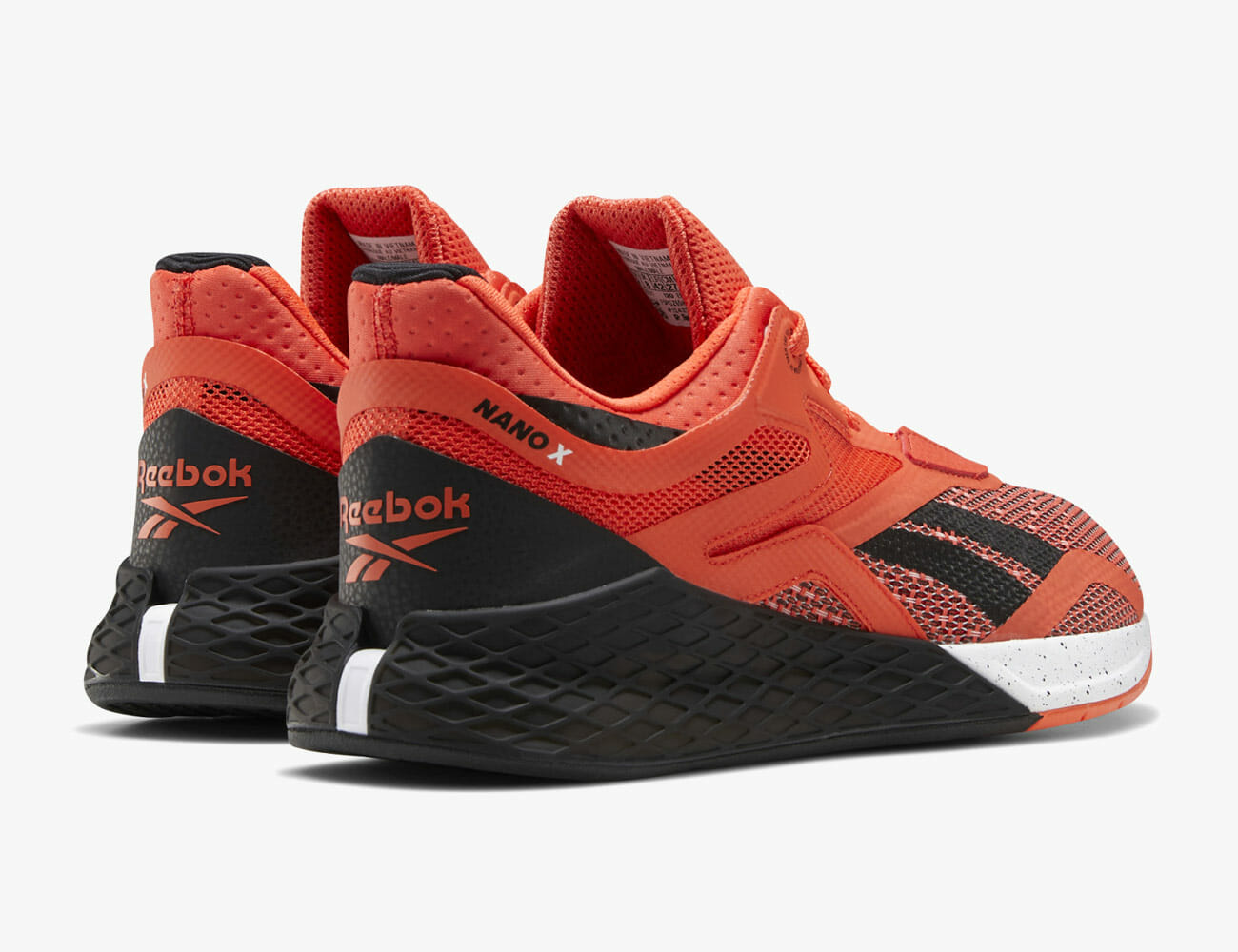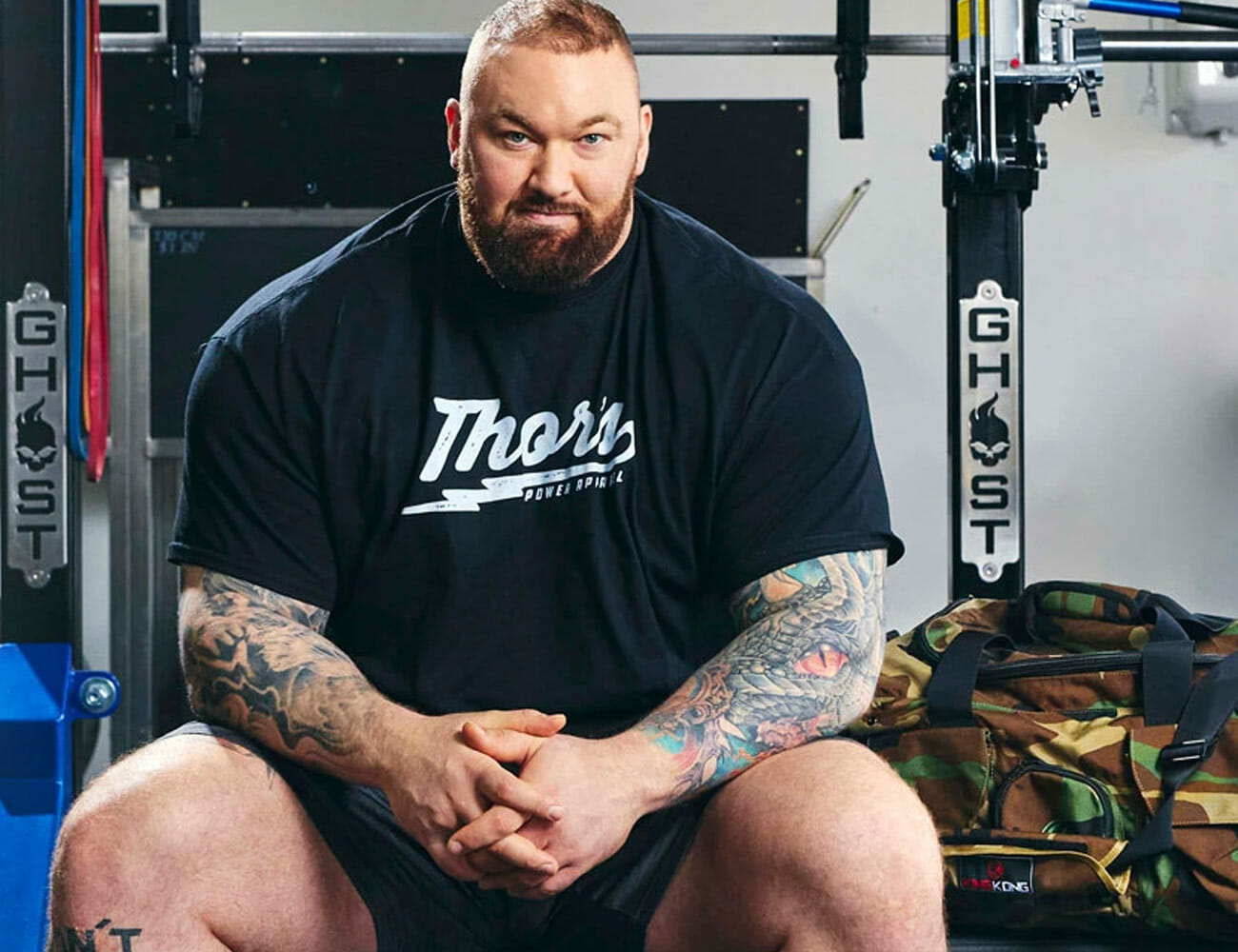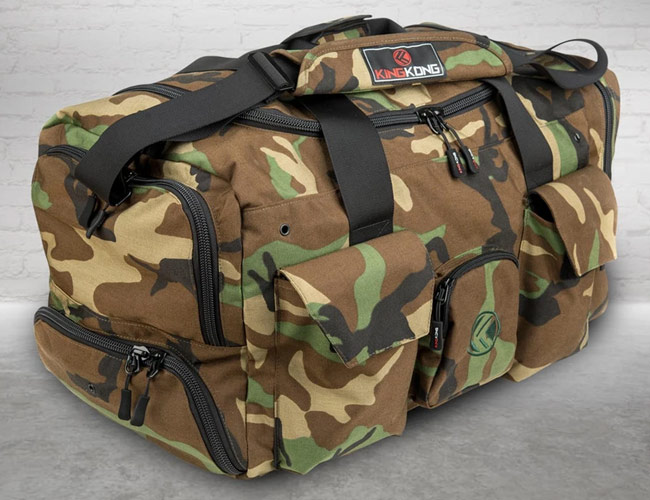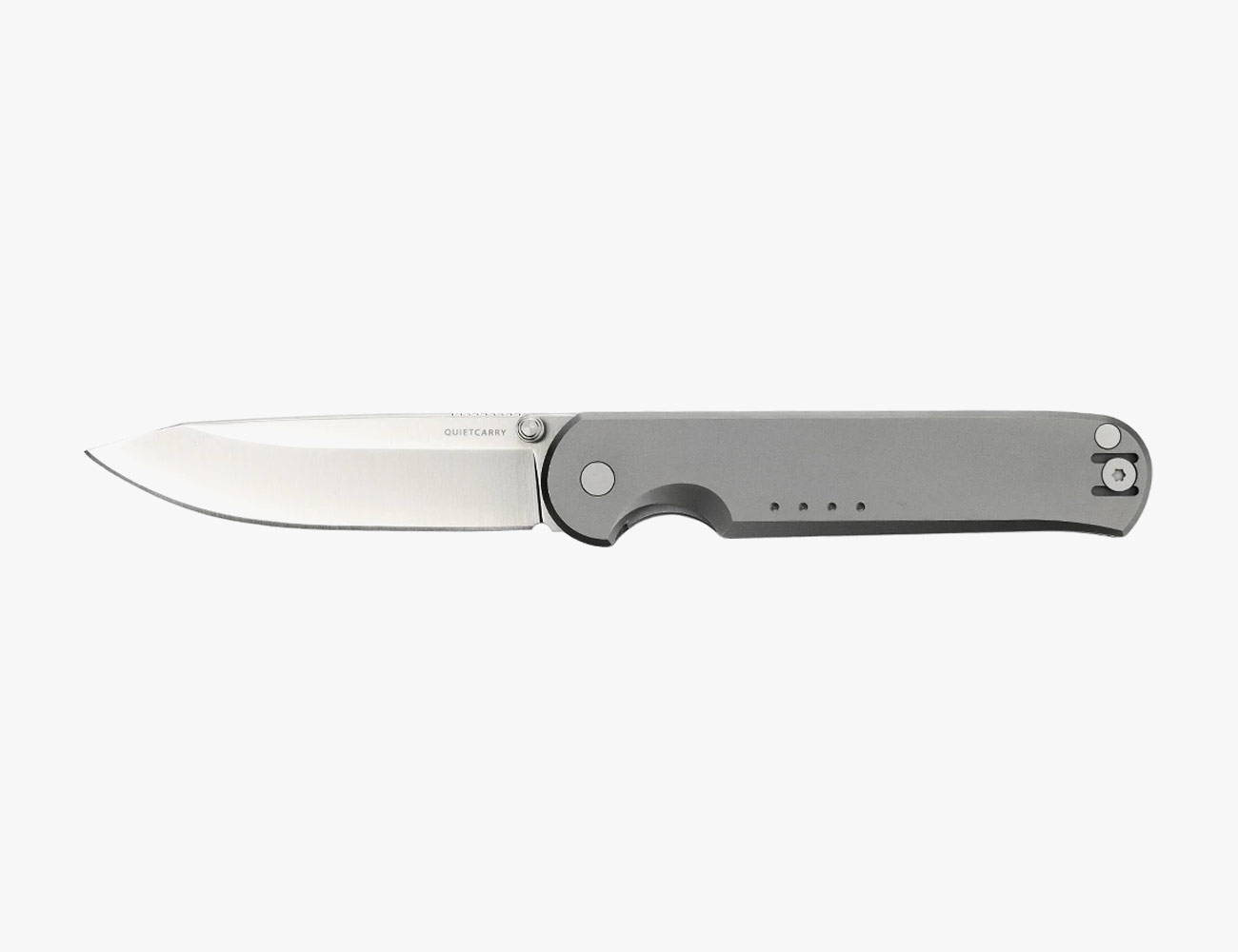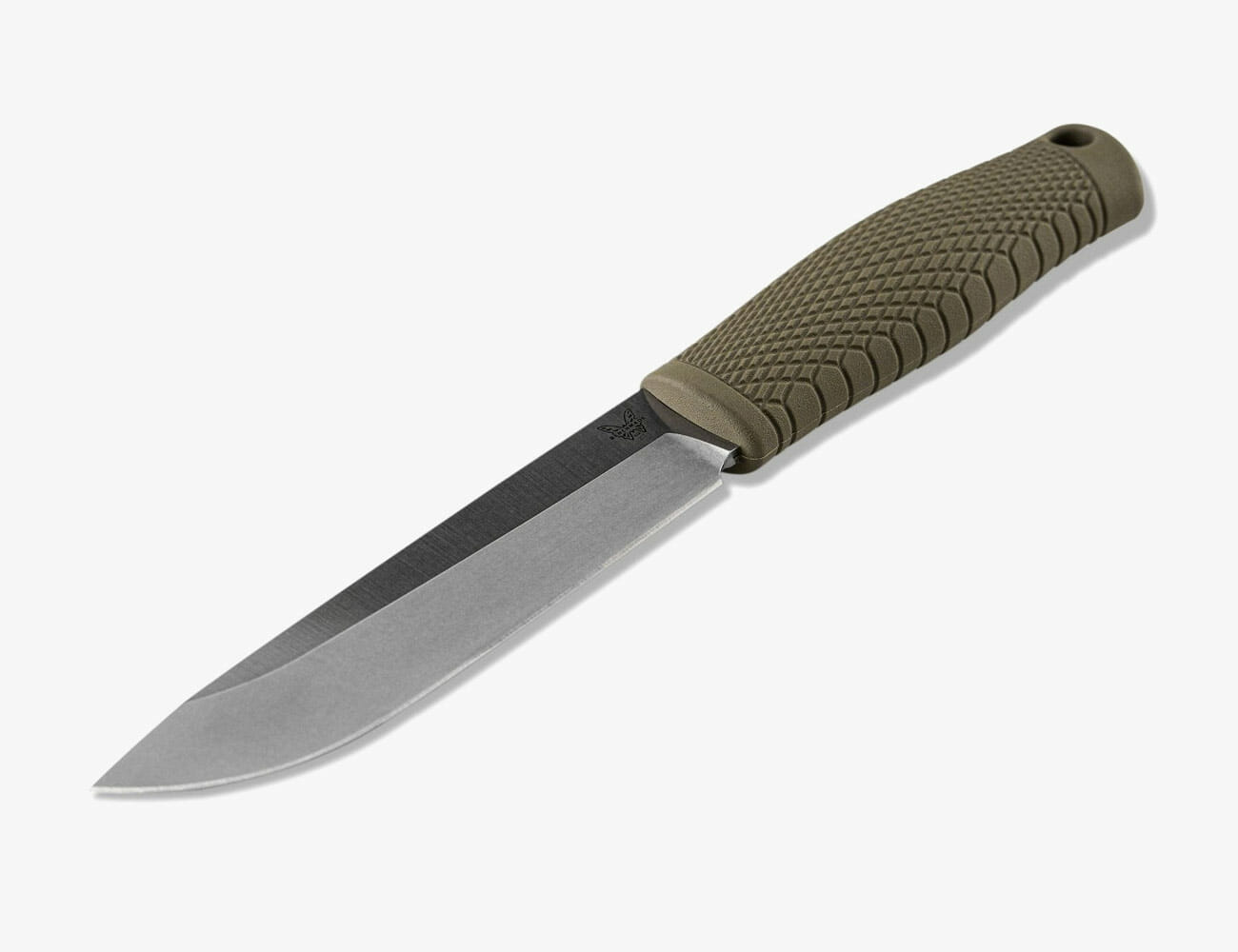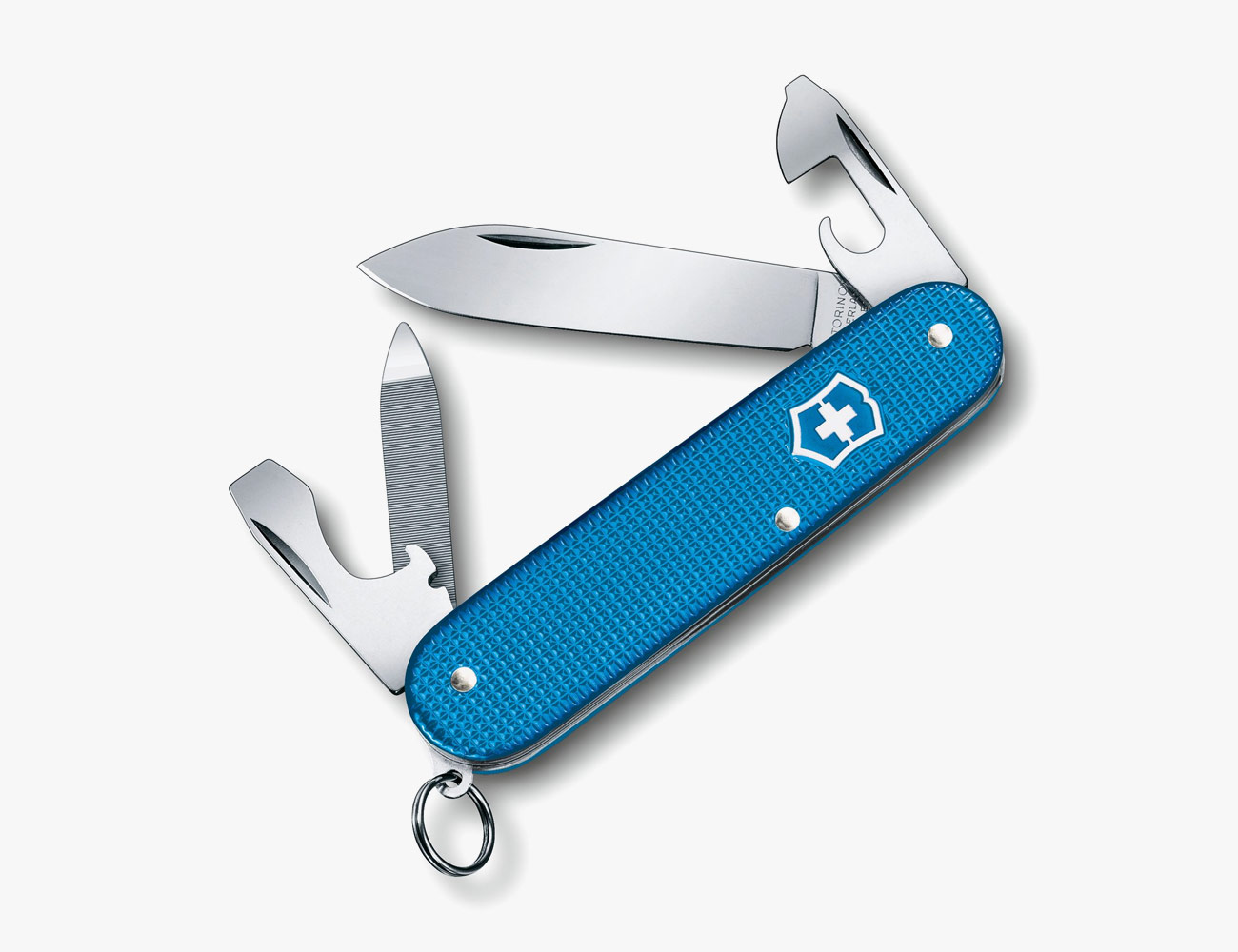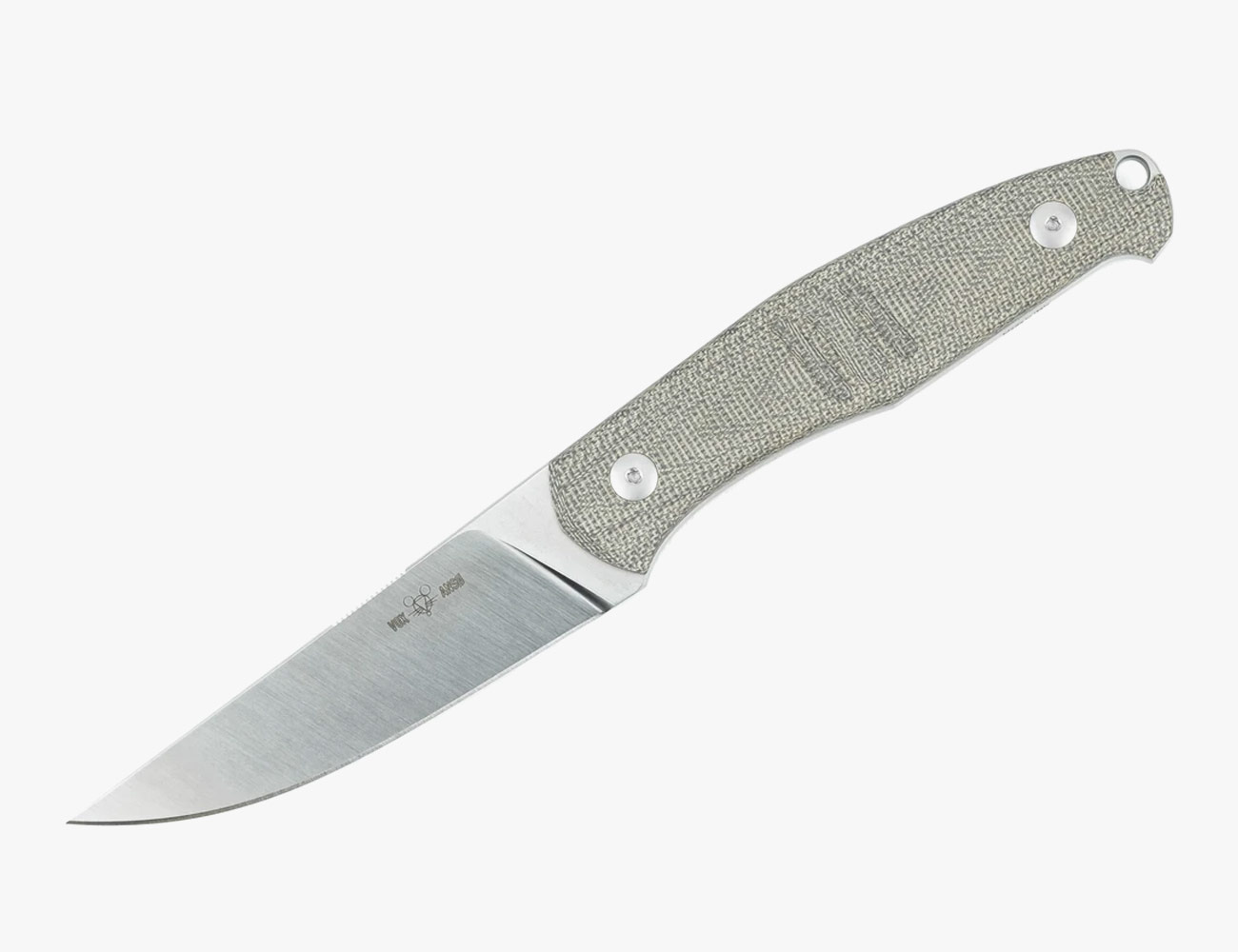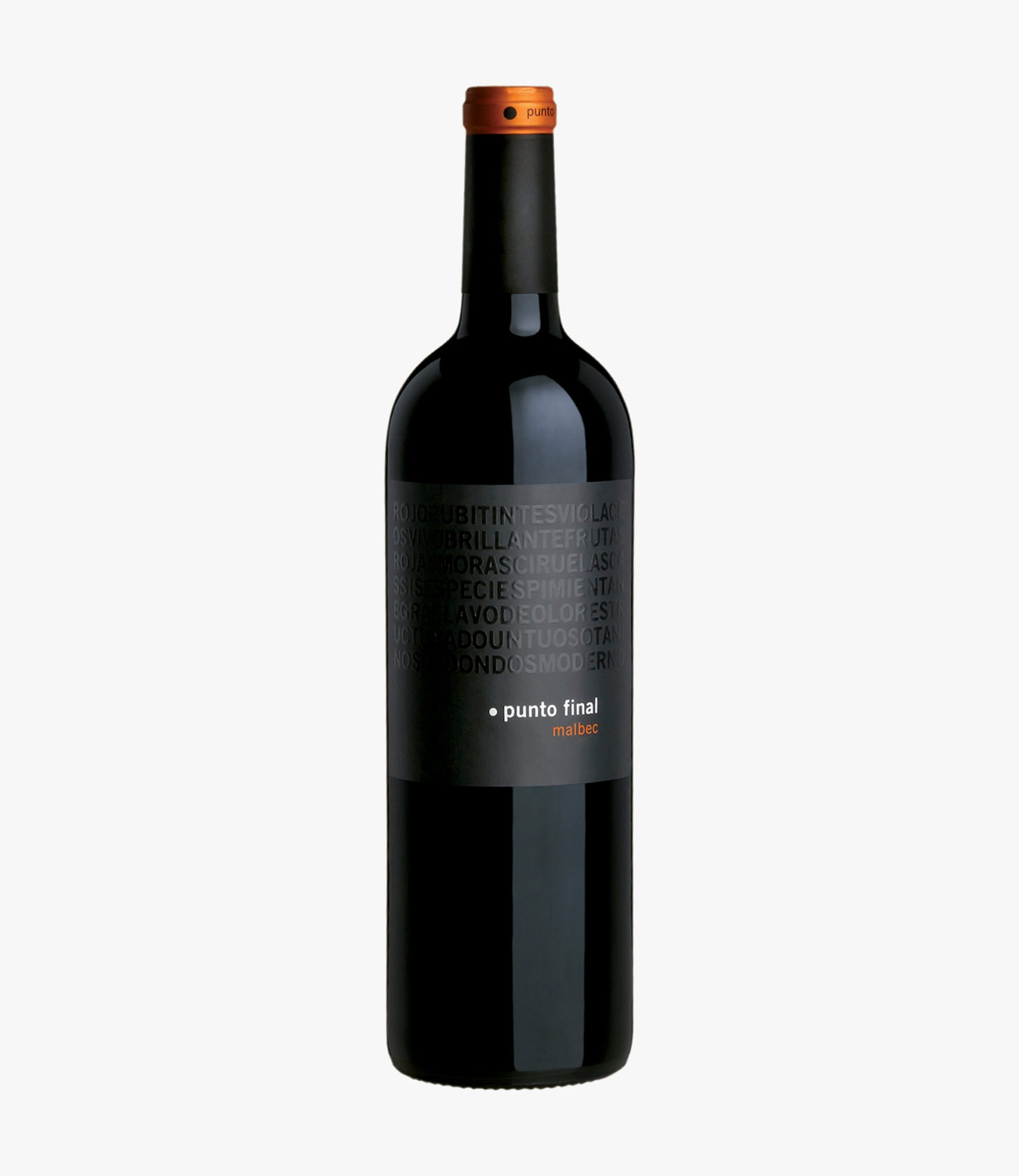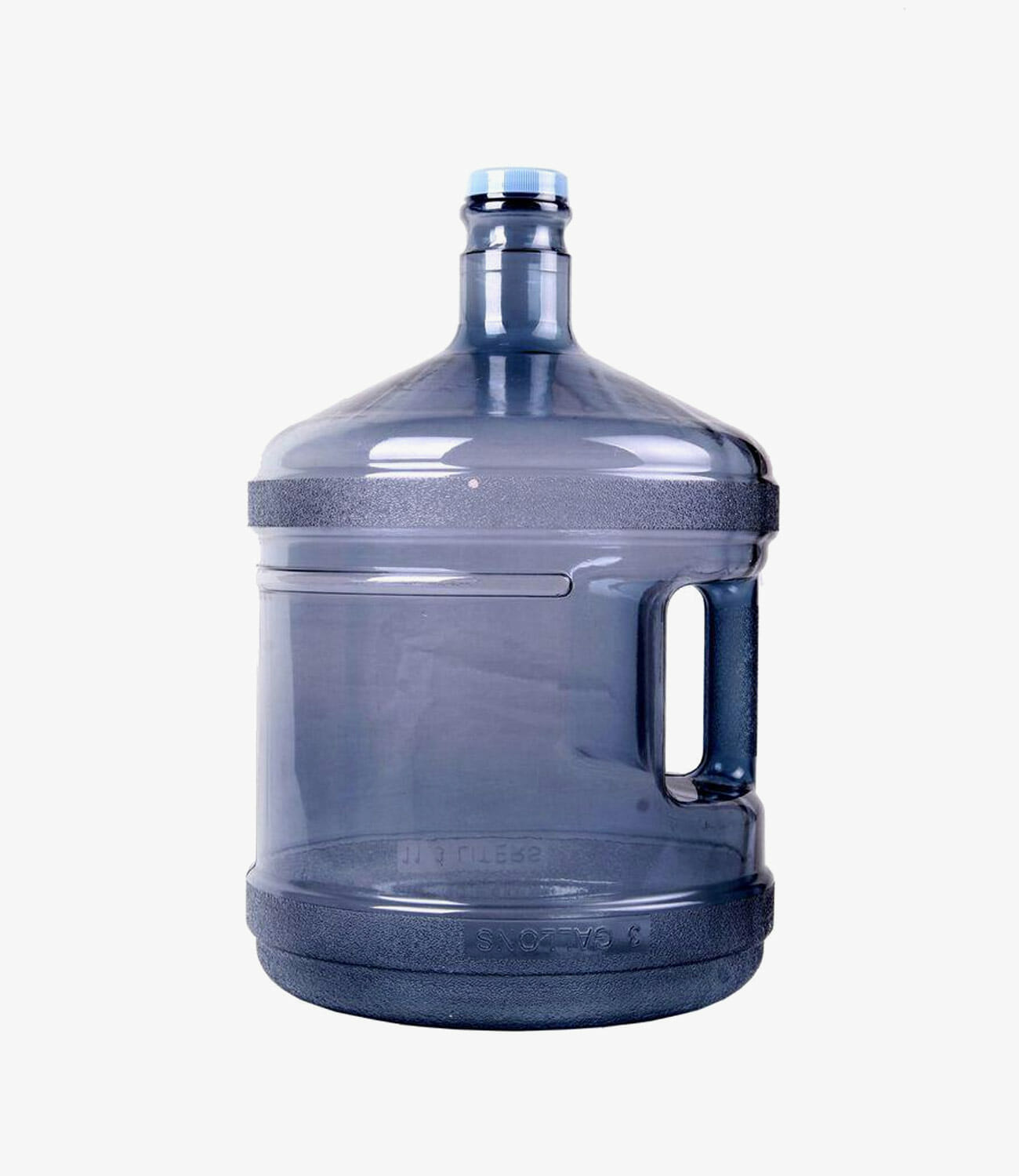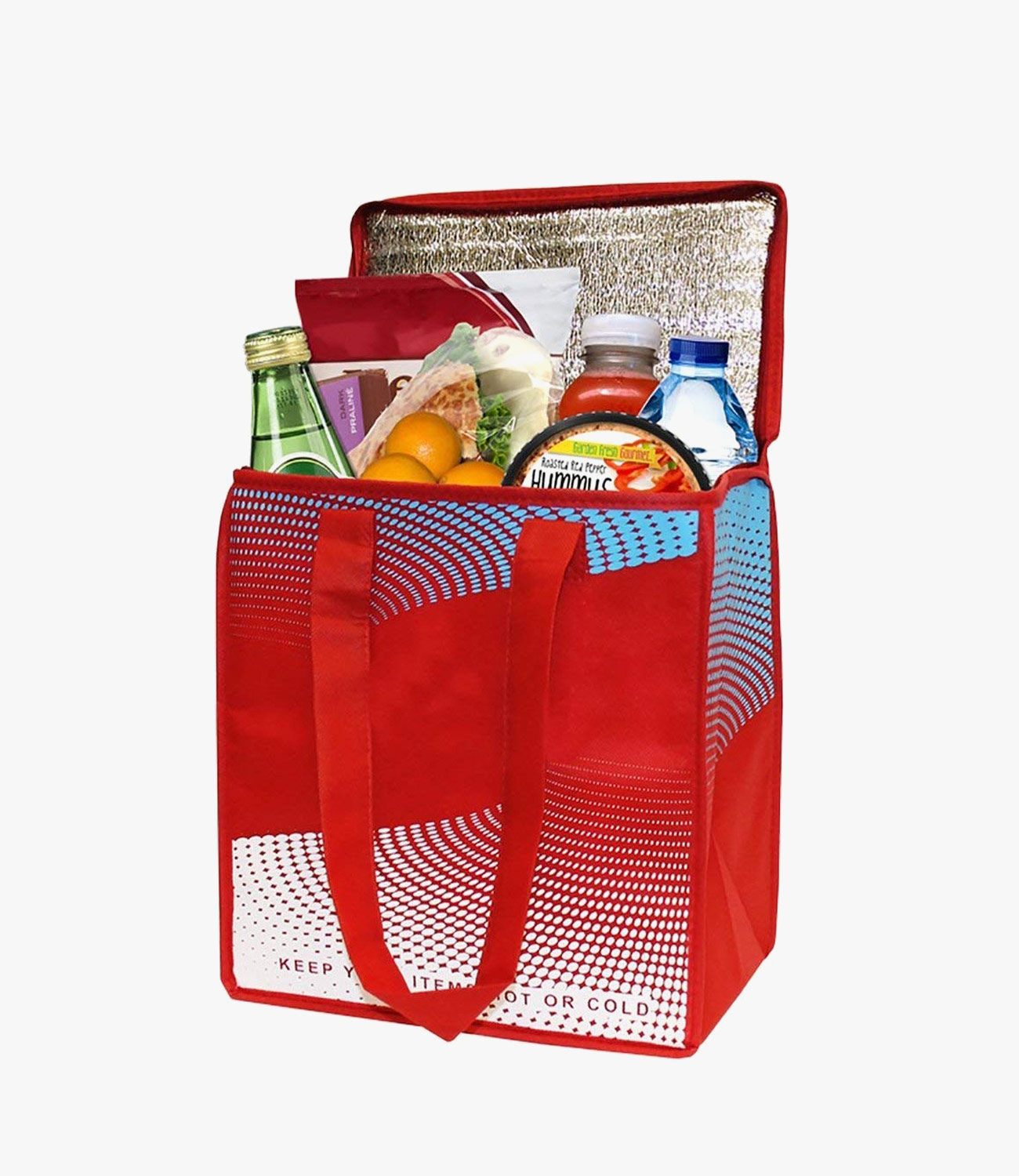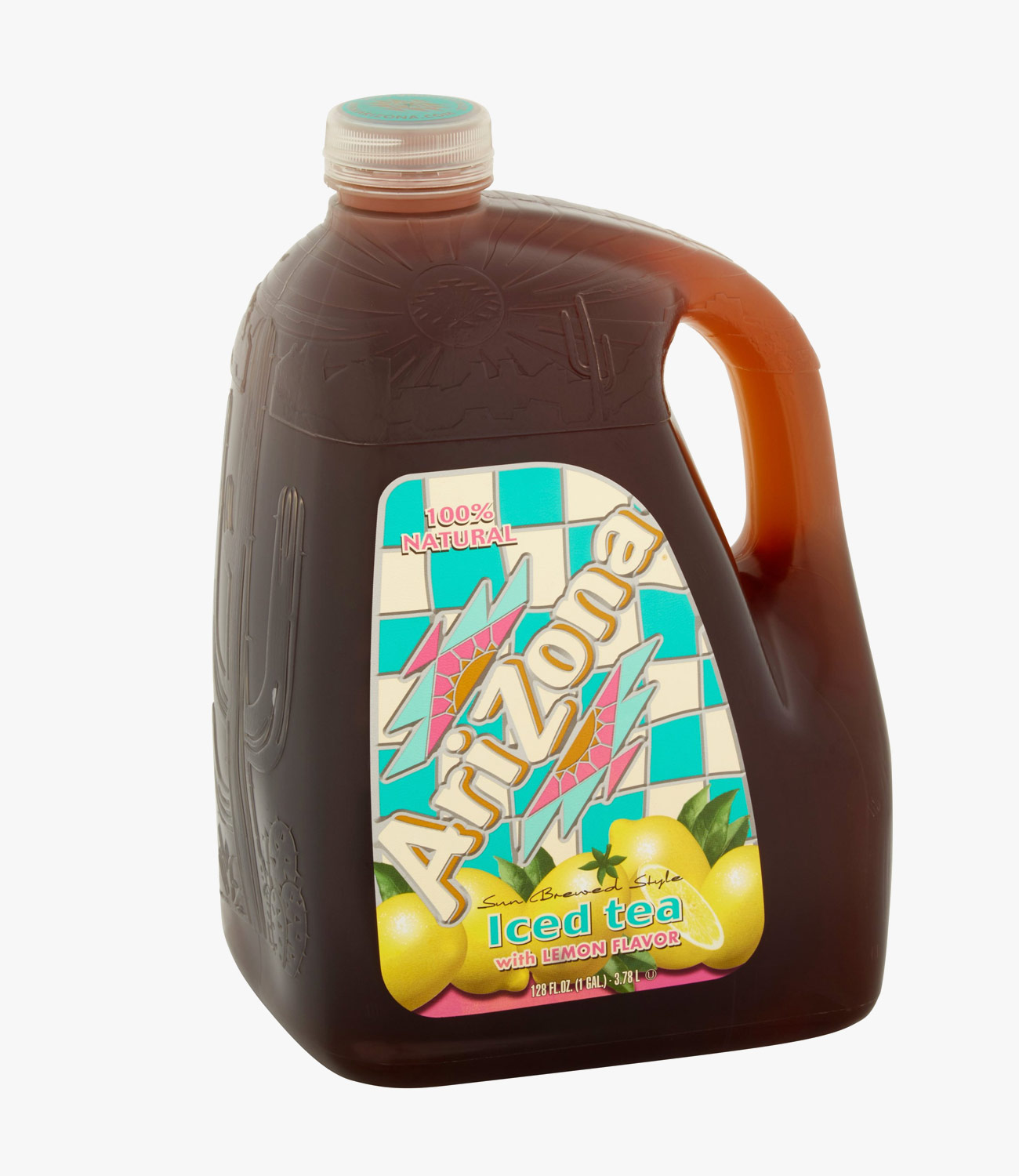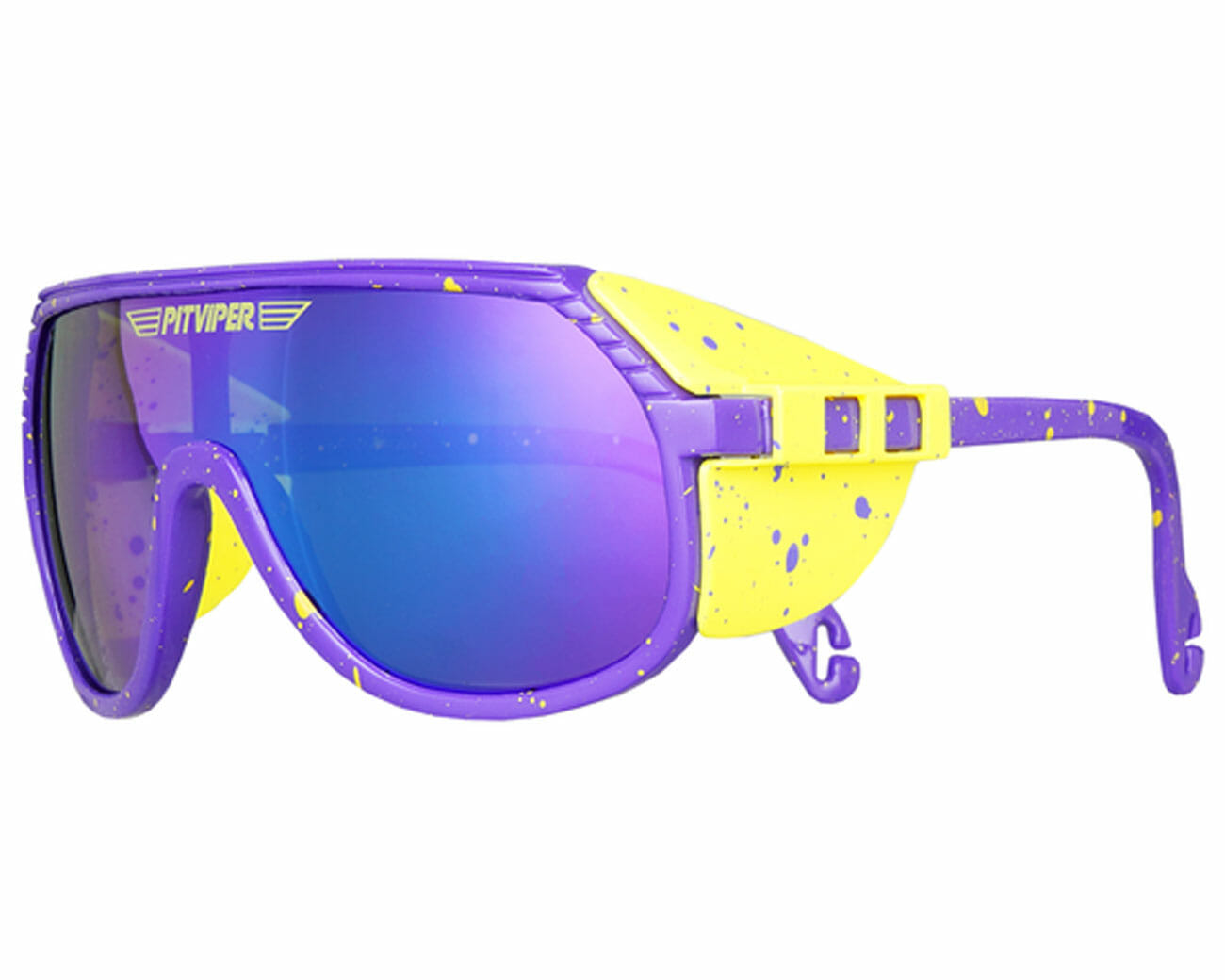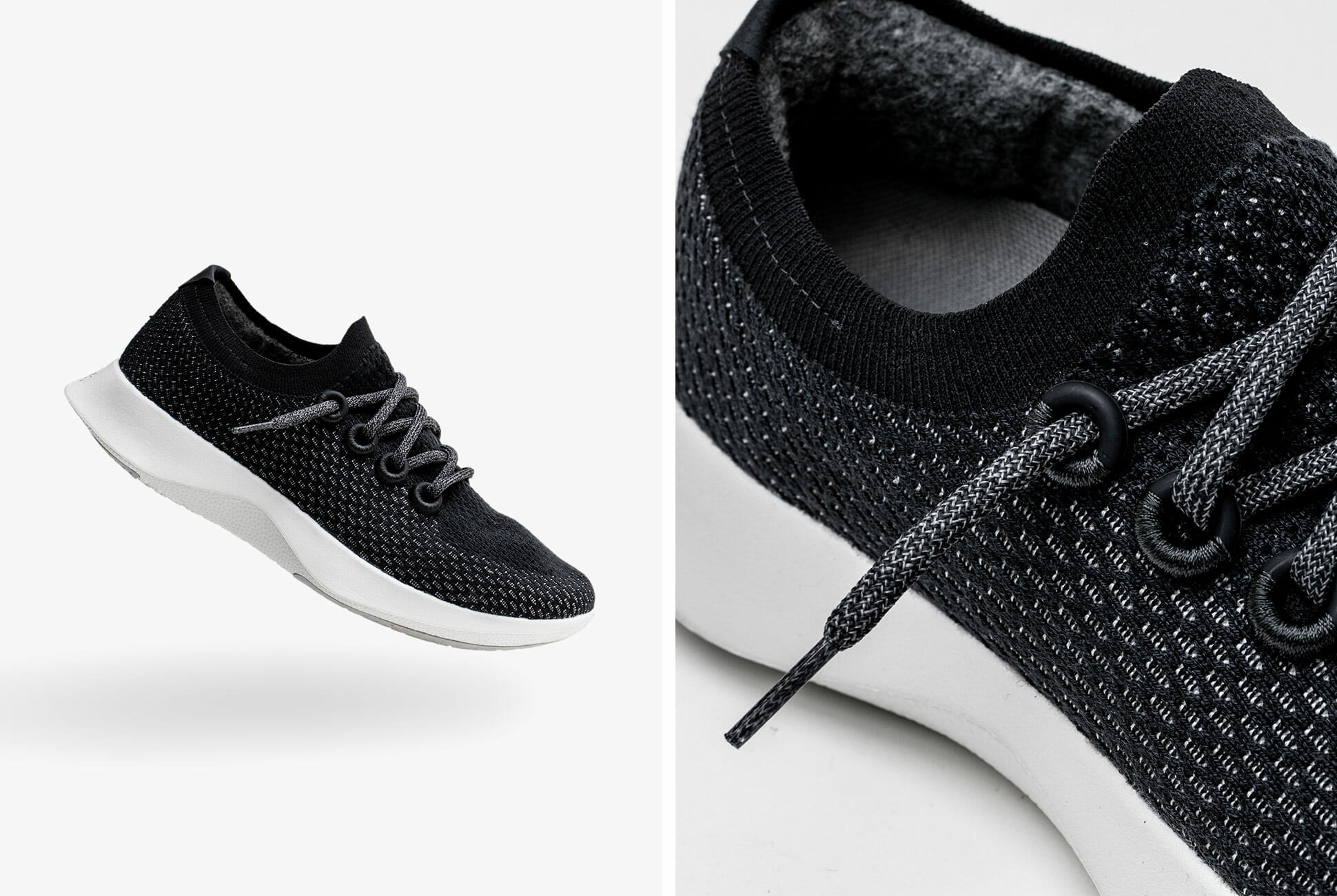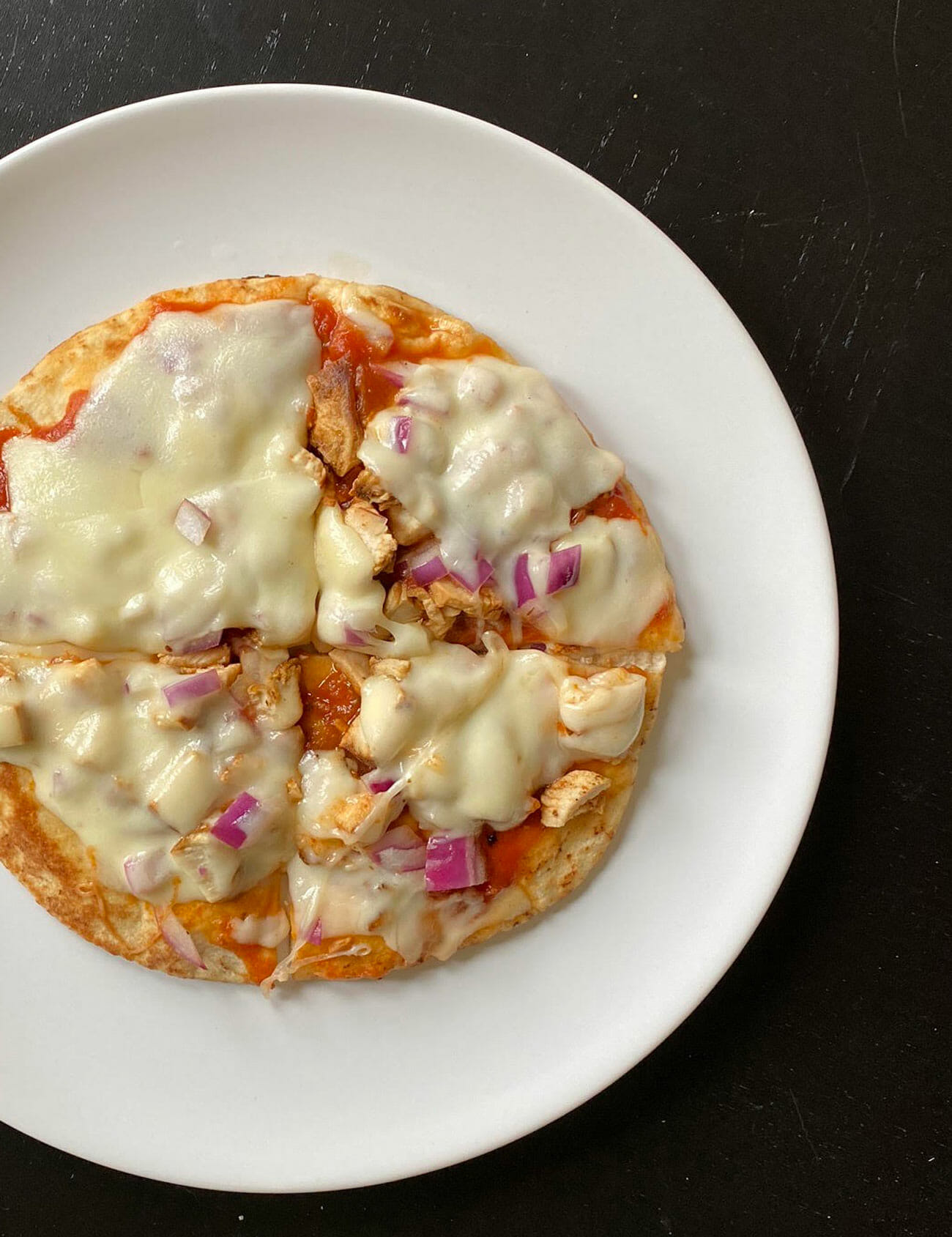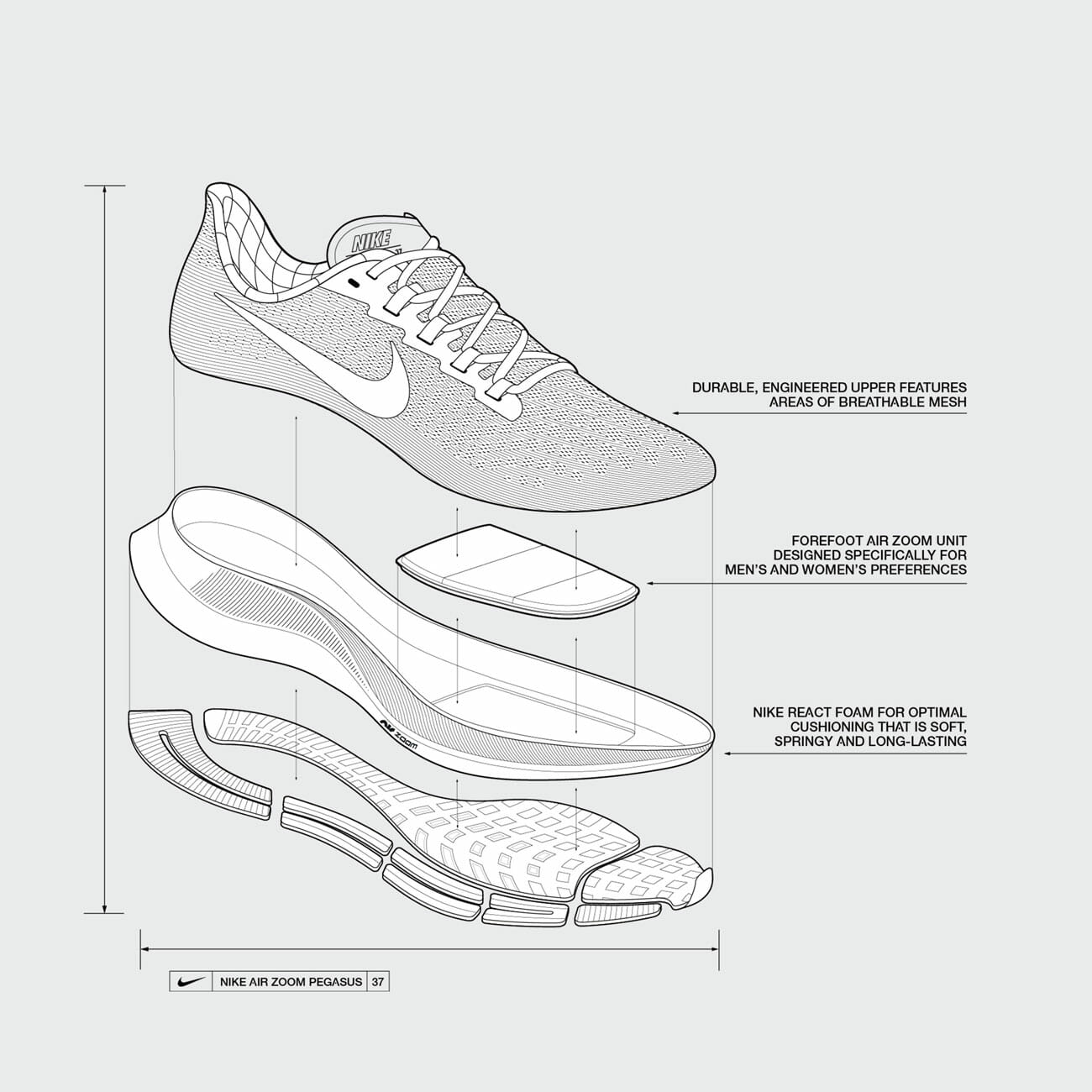Here’s What Pro Athletes Do When the Outdoors Are Closed
It was right around this time last year that Nepali mountaineer Nirmal “Nims” Purja’s photograph of a gridlocked queue of mountain climbers perched on Mt. Everest’s final ridge went viral. The picture was both surreal in its contrast — a line of ripstop color against forbidding blue and white — and alarming in its revelation of how overcrowded one of Earth’s most inhospitable places has become.
This year, thanks to the coronavirus, Everest is closed. A small number of Chinese climbers are attempting to reach its summit, but they won’t encounter any lines at the top. Because of travel limitations and efforts to prevent large groups from gathering, many other adventure destinations are closed, too, from icons like the Pacific Crest Trail to local parks and trailheads.
Where does that put elite outdoor athletes who have spent months and sometimes years planning and training for trips and expeditions that should be taking place now? We caught up with a few of them to find out how the pandemic has affected a life spent outdoors — and what gear they’re relying on around the house.
Kilian Jornet
Ultra Runner and Ski Mountaineer
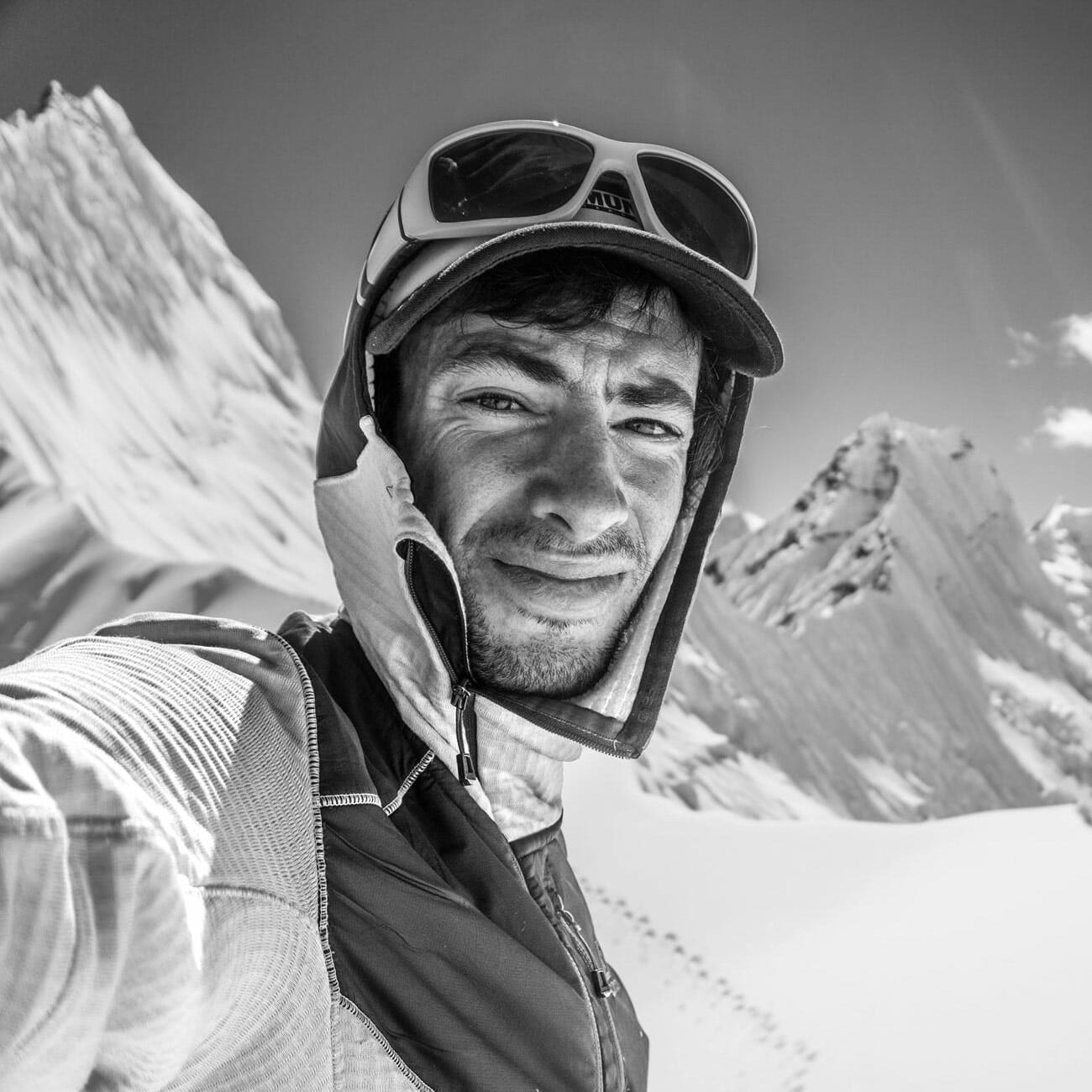
Where were you when everything ground to a halt?
I was in the Italian Alps, ready to do some ski mountaineering races the next days. They canceled the races, and also the borders in Italy, so we had to go back home to Norway. When we arrived, we had to isolate ourselves, but now it seems that everything is getting slowly back to life.
Where would you have been right now?
Right now, I would be traveling to the Himalayas for the spring season.
What sort of outdoor activities, if any, are you doing right now?
We’re lucky! Here in the Norwegian countryside where I live we don’t have hard restrictions, we’ve been able to access outdoors. However, for responsibility, I have been doing a lot of treadmill training. With the expedition canceled, I turned my motivation into trying to work on one of my weaknesses as a runner — to run flat — and train specifically for that.
Picked up any new hobbies?
I have a young daughter so with the training, working and playing with her I cannot see how to put something more!
The Gear Kilian Jornet Is Using Now
Salomon Sonic Series Running Shoes
Since the goals changed from climbing in high altitude to running roads, I have also been changing from working on some backpacks, crampon-boots and suits to running shoes, trying to update the Salomon Sonic Series. And I’m also happy to see the outdoors industry putting efforts to help on the COVID crisis, using their fabrics to make sanitary masks, for example!
Cody Townsend
Big Mountain Skier
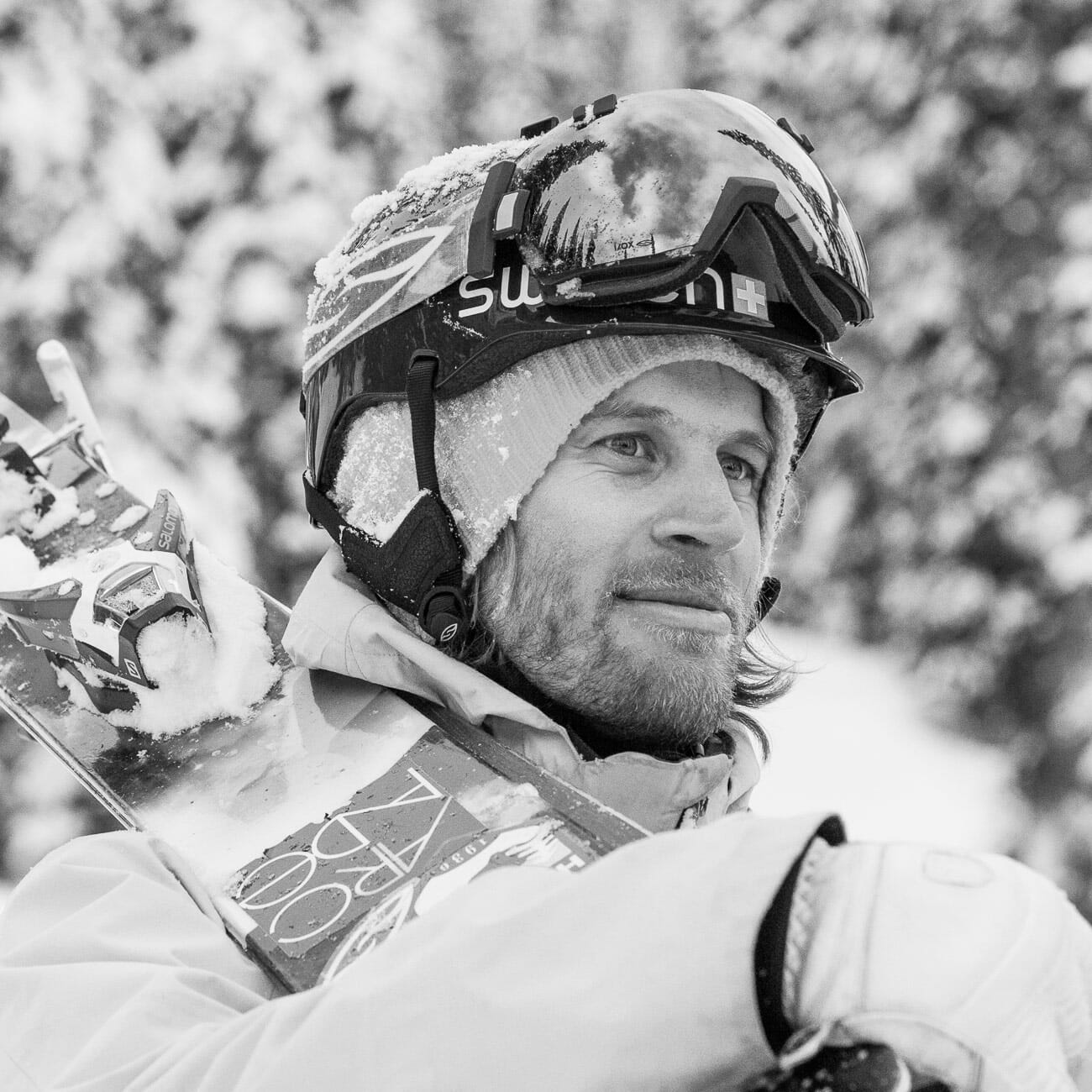
Where were you or what were you when everything ground to a halt?
I was right smack dab in the middle of The Fifty production when the news hit that the world was being effectively shut down. My truck, gear and equipment were loaded up, and I was preparing to be on the road from the middle of March to the middle of June. March to May is our primetime season for climbing and skiing big lines, the most productive part of the season for The Fifty and the time that I spend the rest of the year mentally and physically training for.
Where would you have been right now?
I would be on my way to Mt. Waddington, British Columbia, for a two-week trip for The Fifty and production with TGR. I’d either be camping on a glacier right now or on my way to said glacier.
What sort of outdoor activities, if any, are you doing right now?
Early in the shutdown, I was going for backyard ski tours with the notion that if I wasn’t comfortable being out there alone, with no beacon, no phone or any safety or emergency backup, then I wouldn’t ski. I was keeping it super cautious to not get hurt or take up a hospital bed in case of an accident. Lately, the snow has turned, so I’ve been on my road bike and in my makeshift home gym.
How are you maintaining your fitness while at home?
My wife and I hustled early on in the shutdown to order some kettlebells, dumbbells and a few other small, storable exercise devices so we could have a home gym of sorts. I’ve actually been pleasantly surprised by how good the home workouts have been. A TRX and a few weights is all you really need. That and getting on the road bike a bit, and I feel like I have most things covered. Well, except for the boredom of it, that I haven’t been able to solve.
The Gear Cody Townsend Is Using Now
TRX Strong System
The TRX is a lifesaver right now. It’s impressive how much you can work out with just a few straps hung from the ceiling.
Ibis Hakka MX
My road bike is technically a gravel bike. It’s been great for the sandy, sometimes wet and messy roads and shoulders of springtime mountain roads. With its beefier tires, I don’t have to worry about flats nearly as much as with a road bike and can even jump on a melted-out dirt road to escape the cars.
Adrian Ballinger
High-Altitude Mountain Guide and Mountaineer
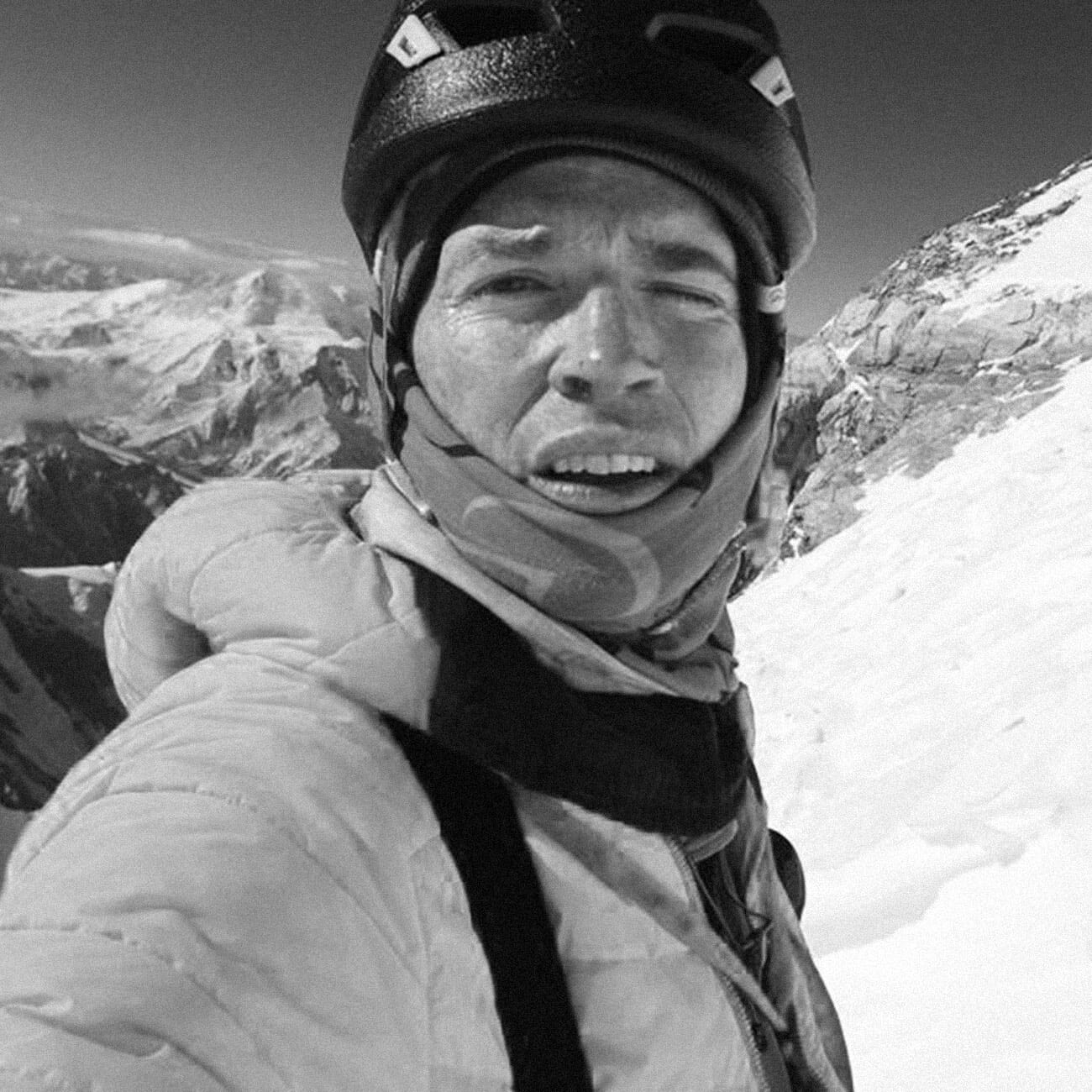
How has this pandemic impacted your active life?
It’s changed everything, of course — I had trips canceled to Spain, Tibet and Pakistan. There’s just a lot more unknown in how and when we will get to go and attempt big mountain goals around the world again.
But there are also positives: there’s time to truly focus on training, the slow grinding training we may often skip — hang board, weights, core, building a cardio base, etc. It’s easier for me to focus on these types of training, which can have huge benefits, than ever before. I’m also sleeping more, eating better, etc. Home is good for me.
Where would you have been right now?
On Everest, leading an expedition of 11 members, seven guides and 18 Sherpa for my guide company, Alpenglow Expeditions.
What sort of outdoor activities, if any, are you doing right now?
Running, lots of it. The trails are slowly melting out here in Tahoe, so every day we get a bit higher into the mountains. Emily [Harrington, Ballinger’s girlfriend] also built a campus board in our backyard, so I am playing on that a bit as part of rock climbing workouts.
How are you maintaining your fitness while at home?
Hang boarding, training on our moon board and tread wall, campus board, lots of core, yoga (new for me) and lots of trail running.
Picked up any new hobbies?
I’m working on my instrument rating for flying. I’ve been a below-average new pilot for a couple of years and am really fired up to be building skills.
The Gear Adrian Ballinger Is Using Now
Eddie Bauer Ultimate Adventure Flex Pull-On Pants
I live in them, for training and all-around home comfort.
Grasshopper Industries Moonboard
This has an adjustable angle freestanding frame so we could put it in our garage without building into the house, and Moonboard allows us to climb problems from route setters around the world through the app.
La Sportiva Kaptiva GTX
My new favorite running shoe for lots of miles on slushy, muddy and wet Tahoe trails in spring.
Rebecca Rusch
Ultra Endurance Mountain and Gravel Biker

Where were you when everything ground to a halt?
I came off the Iditarod Trail right as all this was blowing up in early March. I got back from Alaska and I was really tired because it was a seven-day expedition. So I had to rest but then after that I had trouble getting off my butt. I find that if I’m not physically taking care of myself, my emotional state and welfare quickly follow suit. I’m trying to take a lot of lessons from the trail and what I’ve learned as an endurance athlete and put my head down and keep going, trying to be creative and find another way. It’s definitely like navigating without a map.
Did you finish the race in Alaska, or did you have to pull the plug midway through?
We finished the race. We actually flew home through Seattle and the airport was totally empty, it was very surreal. We had no communication in Alaska while we were on the trail, so we were seeing the airport monitors with CNN on and were just like, what?
Have you picked up any new hobbies?
My garden is in way better shape this time of year than it normally is. I have a new greenhouse, and I’ve got this hydroponics tower to grow lettuce in, so I’ve been doing a bit more of that stuff.
What else have you been up to while at home?
I launched a Memorial Day ride called the Giddy Up Challenge, kind of in response to my feeling like I had nothing to train and motivate for. I had to find my own gnarly ride challenge, but I also felt like I needed to do something for COVID. I’m going to do an Everesting attempt, which is riding the same elevation as Everest, 29,000 feet, in one day. So I’m doing that, but there are four different elevation challenges, and it’s all fundraising through my foundation. People can do it inside, outside; you just choose a hill and go up and down it until you meet the elevation challenge.
The Gear Rebecca Rusch Is Using Now
Garmin Tacx Neo 2T Indoor Trainer
Something sort of new that I wouldn’t have been doing as much is training indoors. Garmin set me up with a Tacx Smart Trainer this winter when I was training for Alaska. I’m usually not an indoor trainer person, but with that and with Zwift, I’ve been getting into it. I’m doing interval sessions each week with my coach, we meet at 9 a.m. on Tuesdays and Thursdays, and the group ride meetups are actually kind of fun.
Garmin Edge 1030
I’ve been using it a little differently than I usually do. Typically I just turn it on and go ride. But if my coach Tim has put in a specific interval workout, the Garmin will keep track of time. I’m embracing these tools of technology that I’ve kind of been, not reluctant, but sort of old school with in the past a lot more because they’re motivating me.
Conrad Anker
Climber and Mountaineer

Where were you or what were you working on when everything ground to a halt?
During the first week of March, I was participating in the Arctic Ice Festival in Harstad, Norway. The community of ice climbers gathered from around the world to experience the quality ice and skiing found in Northern Norway. As the week progressed, we kept hearing more and more about COVID-19. My flight home was canceled, and I had to find a new connection via Newark, New Jersey. I arrived home on the 11th of March and entered self-quarantine on the 14th of March.
Where would you have been right now?
Mid-April I was set to join The North Face for the launch of the United States climbing team in New York City. Alas, this event, along with the Olympics, was postponed. Hopefully, we will have the opportunity to celebrate climbing as an Olympic sport in the coming year.
I was scheduled to visit Salt Lake City mid-May for a speaking engagement. This event was canceled. As it is spring in the Rockies, I would be out climbing. Alas, this isn’t possible. I’m happy to be home with our family.
What sort of outdoor activities, if any, are you doing right now?
We hike nearby trails, run in the neighborhood and tend our garden. A bit of sun and fresh air brings happiness.
How are you maintaining your fitness while at home?
With the help of a few free weights, push-up spinney things and an ab roller, I’m kind of maintaining. My main activity that provides rejuvenation is climbing. Getting off the deck allows me to focus in the moment. These moments are what provide meaning to my life.
Picked up any new hobbies?
I enjoy tinkering around with wood. I’m not an expert carpenter by any stretch; it simply provides something to do that has an end result that is tangible. For fun, I upcycle old shipping pallets into small garden boxes — the toughest part is disassembling them without destroying the wood.
The Gear Conrad Anker Is Using Now
Dog Leash
Gosh – I wish it were a pack or a tent. Probably the dog leash. We have two dogs, and they have been our friends. They have no idea about what is happening — they are psyched that we are home all day.
Kit DesLauriers
Ski Mountaineer

Where were you or what were you working on when everything ground to a halt?
I was home in Jackson, Wyoming, enjoying a solid snowpack and ski touring most days or skiing at Jackson Hole Mountain Resort with my kids. In our community, the big shift happened the weekend of March 14, exactly two weeks before my friends, family and I would have been at the US Ski and Snowboard Hall of Fame ceremony accepting my formal induction. The event is tentatively rescheduled for December 12, 2020. In addition to planning for the HOF, I was finally in my groove of big days backcountry skiing. It’s my approach to be cautious during early season conditions where we often have deep instabilities in the snowpack, and then ramp up my ski objectives as the layers heal, which is exactly where I was in mid-March, poised for three more months of my sport.
Where would you have been right now?
I would probably be on my way home from skiing some of the biggest peaks in the Pacific Northwest. I have never skied there and had a plan to join my TNF teammates Cedar Wright and Alex Honnold at the beginning of their human-powered bike and ski mountaineering project on Mount Shasta. If I’m not on an expedition in May, I’m focused on ski mountaineering lines in the Tetons, and I’m grieving that ritual right now as Grand Teton National Park has been closed for over a month.
What sort of outdoor activities, if any, are you doing right now?
I’m skiing still, although it’s scaled back once or twice a week and in locations I wouldn’t usually go to, like under-the-radar objectives where I won’t see other people and where I can be relatively assured that nothing will go wrong to send anyone in need of medical help. I’m biking a little bit with our kids, and admit we did go camping and (easy) rock climbing last weekend. Everything is closed campground-wise, but we disperse camped. It was the first time we’d left home in over six weeks, and it did so much to re-fill our souls. I know that some would frown on leaving home, and I admit it felt weird, but like in expedition life, this pandemic is forcing us to practice careful risk analysis, and we decided it was right for our family.
How are you maintaining your fitness while at home?
When the shelter in place and stay home orders started, my husband and I saw the writing on the wall that this would be a long process, so we began to clean out a garage bay that had been used as storage for years, and we ordered gym equipment. We now have a climbing wall and training space at home, so I’m doing something in there most days of the week, including online Pilates and yoga classes.
The Gear Kit Deslauriers Is Using Now
The North Face L3 Ventrix Hoodie and Summit L4 LT Softshell Pant
I live in my Summit L3 Ventrix Hoodie and Summit L4 LT Softshell Pant. It’s just spring here and when I head out early like for an uphill ski or dog walk in this ‘uniform’ then I come home and keep working on stuff that is indoors and out, and I laugh that I’m still wearing the same thing, maybe with the pant legs rolled up and flip flops on!


